We had reserved a car rental with Hertz months prior using Travelocity. Our rental was a mere $15 per day (especially low both for the time of year and for the upgraded Dodge Avenger we received); I highly recommend reserving a car from abroad, where you can shop around for deals and guarantee availability upon your arrival. The check-out process was a bit slow-going but smooth, and everyone with whom we spoke was quite comfortable working in English. In general, we learned that things in the Yucatan tend to happen at a more leisurely pace–a good thing to keep in mind when planning tight time schedules or connections.
As we had planned just one night in Cancun, we decided to stay off of the hotel zone and in the downtown area. Our hotel, The Radisson, worked out very well. The lobby was beautiful, there was a nice pool area, and parking was ample and free. That said, the room–a bit humid and lit with fluorescent bulbs–did leave a bit to be desired. For the price (about $100/night), the hotel was very satisfactory. And in fact, the hotel does have a shuttle to the beach, but we didn’t take advantage of this as we had a car. However, as Cancun is a resort-focused destination, I would aim to stay on the beach for any extended stay.
Cancun to Chichen Itza
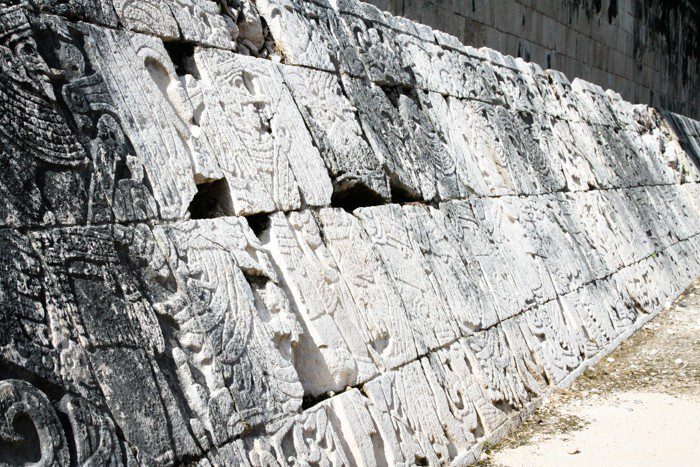
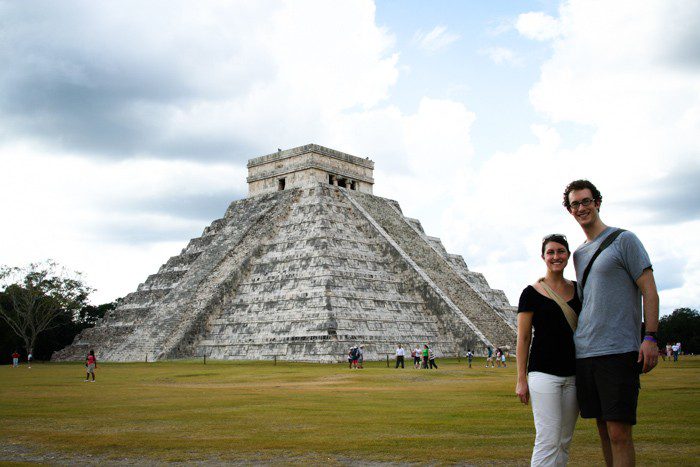
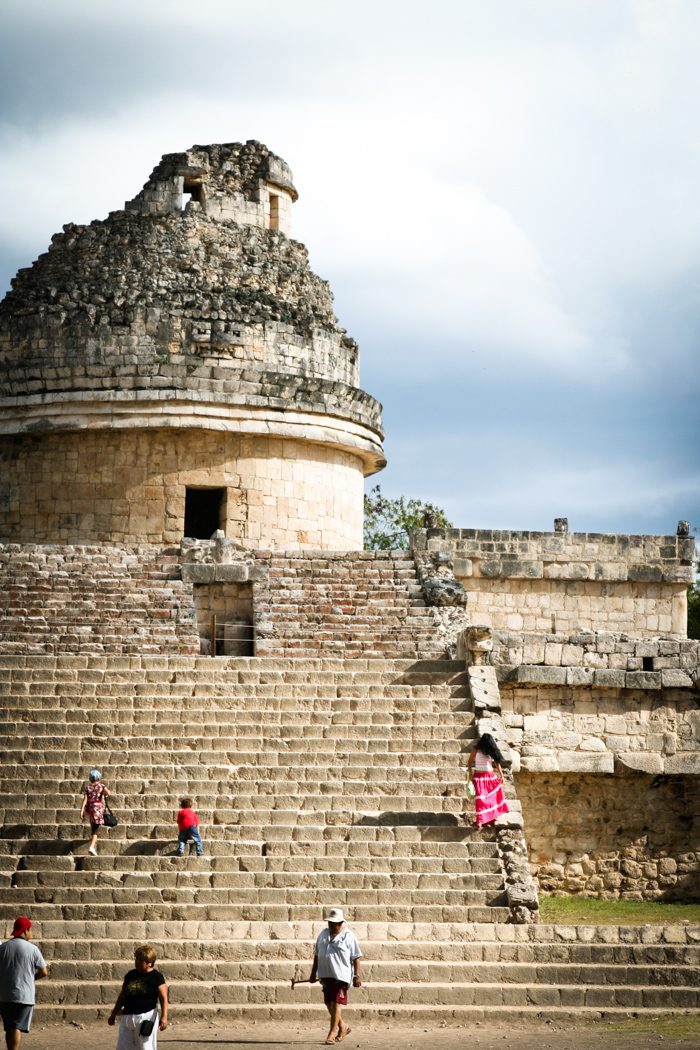
The next morning, after breakfast at the hotel, we left Cancun and headed to Chichen Itza. Designated a World Heritage site by UNESCO in 1988, the Mayan city was probably founded around AD 435; its ruins continue to be under excavation. We took the toll road (Hwy 180) from Cancun in the direction of Merida and arrived at the site in about 1 1/2 hours. The parking was $1.00 and the entrance tickets, I believe, were around $10.00 a piece. After walking down a long dirt path past the wares of Mayan descendants (carved wood sculptures, obsidian knives, woven garments), we arrived at the main plaza and El Castillo (pictured). We noticed, as we were walking, that many of the vendors were beginning to cover their items with plastic. A few minutes later the reason was obvious. We quickly ran back down the path to the visitor center to take in lunch while a very temporary downpour took place (we were hungry anyway, we reasoned). Mere minutes later the skies were blue again.
We probably spent a couple of hours exploring the ruins, though one could easily spend a day visiting (particularly with the help of a guided tour or the lure of the evening light shows). But a couple of hours gave us time to explore a lot of this fascinating place. We visited the ball court, the largest in Mesoamerica, and admired the impressive carvings on its walls. We walked out to a cenote where Jacques Cousteau found up to 80 bodies of (likely) Mayan sacrifices and which he plundered for artifacts and jewelry. Tzompantli, the Temple of the Skulls, just to the east of the ball court was equally evocative of the more macabre stories associated with Mayan rites: decorated with carving of human skulls, the platform has stakes where the heads of war conquests would once have been displayed. The violence associated with many Mayan rites was a fascinating part of the visit, but perhaps more stunning were the feats of architecture and design. El Castillo, for example, has the heads of two serpents at the base of its stairs (365, one for each day, on its combined four sides) whose shadows cause an illusion of slithering up or down the stairs on the fall and spring equinoxes. El Caracol, a celestial observatory, was built in a round shape with windows aligning to the points of a compass. Our guidebook noted that the Mayan were able to predict the appearance of eclipses and comets! We frequently found ourselves remarking how amazing it felt to be wandering around such an ancient site of civilization, imagining what life would have been like and at the same time getting real glimpses at the lasting products of such a life.
Merida
Wanting to get to Merida before dark, we left Chichen Itza and continued along Hwy 180’s toll portion. Two hours later we arrived. Merida is the capital of the state of Yucatan and is a bustling, large colonial city–it actually reminded us a lot of Spain, probably for good reason. In 1542, the Spanish Francisco de Montejo founded the city at the Mayan site of T’ho and built cathedrals out of the stones from destroyed Mayan temples.
We had read of Merida’s many outdoor performances in public squares, taking place almost every night of the week. However, the city was fairly quiet the night we stayed there, most likely a consequence of the New Year’s Day holiday. I was particularly looking forward to our hotel: Casa del Balam, and it did not disappoint. The original hacienda style lobby was lovely. Our room was in a tower that had been added during a later remodel but which remained consistent with the style of the original building with wrought iron fixtures, terra cotta tiles and Spanish furnishings. The fluorescent lights continued to be a presence, but there was a large candle provided and the bathroom was spacious with a bathtub. The hotel included secure parking, something we sought when making our reservations. One item of note: The king size beds tended to more like American queens throughout our trip.
Knowing we only had one night in Merida before resuming our tour, we quickly set down our bags and headed (just down the street a couple of blocks!) to the main zocalo or public square for a ride in a casela or horse-drawn buggy. The drivers line up at the corner of Calle 60 and 61 and the primary focus of the hour or so ride is Paseo Montejo, where the wealthy built opulent mansions along a 10-block street. Merida was once one of the wealthiest cities in Mexico as a result of the sisal fiber they learned to extract from the henequen plant, and many plantation owners took up residence along this boulevard.
A light rain returned but we persisted in our explorations and discovered that while the tango and merengue rumored to fill the plaza many nights were not taking place, food vendors had set up their stalls. Tempted by corn dipped in mayonnaise and cheese, but not wanting to spoil our dinner, we instead opted for (what else?) dessert: a crepe-like pressed batter with cheese and dolce de leche. It made for a unique flavor combination of salty and sweet.
Many of the places we had read about for dinner were closed for the holiday, but we settled on Amaro (Calle 59 between 60 and 62)–a Fodor’s pick. Another historic home, the restaurant features an open patio/courtyard and glows with soft candlelight. The margaritas are delicious and strong and the guacamole was great. I can’t say that Amaro was one of our most memorable meals, but we were content with our choices. Aron sampled a regional special: Xtabentun, a locally made liqueur made of anise and honey.
For breakfast the next day, we returned to the zocalo and selected a cafe with seating under the arches of a building, near the Governor’s Palace. We both ordered aguas frescas–Aron had chaya juice (Chaya is a local plant, sort of a Yucatecan spinach), and I had papaya. Aron ordered something with pork that was delicious. My egg enchiladas were good, but I envied his dish. The cafe seemed a popular gathering place for elder local gentleman who grew in number as friendly passer-bys continued to sit down and join the lively crowd. Our initial plan had been to grab breakfast in the Municipal market; however, when we arrived, it seemed that some sort of fire had occurred inside and that the market was temporarily being closed. We joined everyone in the crowded streets on our way back toward the main square, picking up some plantains en route.
Campeche
Again our drive was fairly simple; we continued on Hwy 180, though this time the road did not feature any toll plazas. Getting out of Merida was a little complicated and it took longer than we expected to navigate our way out of the large city. But with our Garmin and the help of signs pointing toward Campeche, we arrived in around an hour or two. Campeche greeted us with a maze of narrow one way streets, but we proceeded with caution and found our way to the Gulf of Mexico. We followed the coast until we found one of the old gates that once kept pirates from entering the old city.
Our hotel, Hotel America, also featured an open courtyard. We were given directions to the parking facility and then walked back a block or two to the hotel. Our room was amply sized with tall ceilings. I believe we only paid around $40 for the room. It was clearly popular with Europeans, many of whom had large backpacks and were enjoying the wireless internet from their laptops in the courtyard. In fact, every hotel we encountered with the one exception of our Palapa in Tulum had wireless internet. Few had a computer for public use, however.
We set off to explore and started with Casa Seis, the tourist office located in a Moorish style hacienda. There we purchased a ticket to wander the rooms, furnished with period furniture. The building also houses a great artisan gift shop. Casa Seis is located on one edge of the zocalo or Parque Principal. In the evening, the kiosk in the middle of the park became a restaurant and strands of light lit up benches from which one could admire the cathedral (Catedral de la Concepcion).
With things still a little quiet on the streets, we followed the sounds of a mariachi into a bar near one of the baluartes (wall enclosure to protect the city). The local crowd was singing along with the mariachi and we decided to settle in for a drink and some snacks. The bartender was eager to share some favorite food picks and brought us a selection of squash with aged cheese, a cucumber salad, and a ground meat/meatball-like dish. He also recommended we try a chelada (beer with lime juice and salt rim) or michelada (beer with lime, Worchester and chili with salt rim)–something we continued to order on a regular basis throughout our trip.
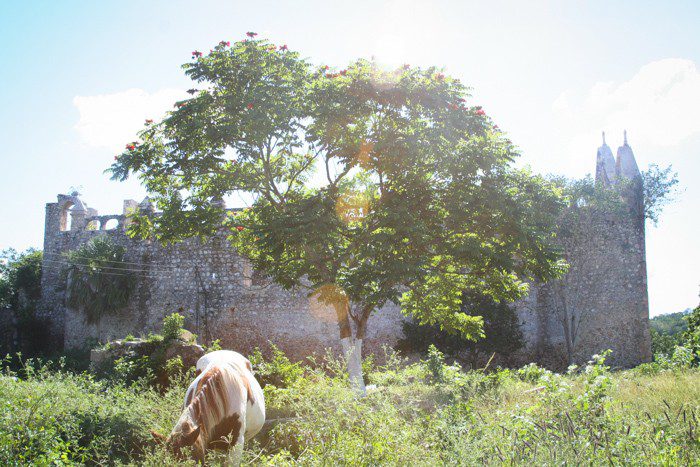
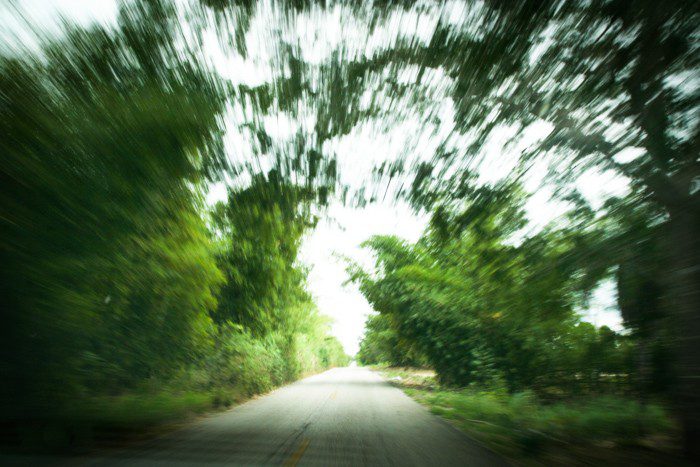
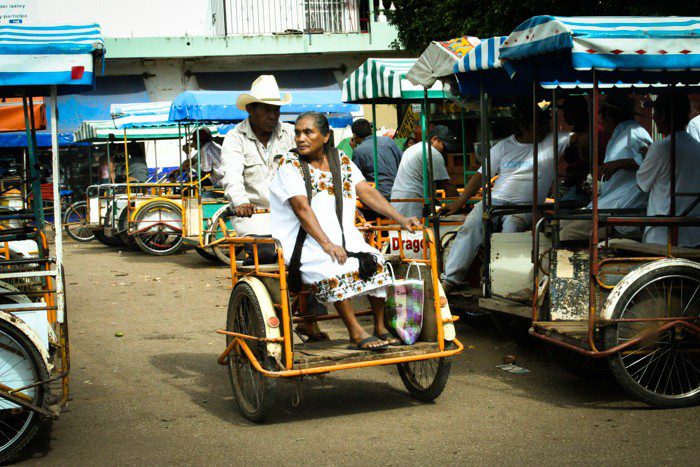
We were sorry to end our drive, but happy to arrive in Tulum later that afternoon. One day, when we return to the region, it would be nice to slow down and detour along the Ruta Puuc (visiting sites like Uxmal) or stay at one of the old henequen plantations.
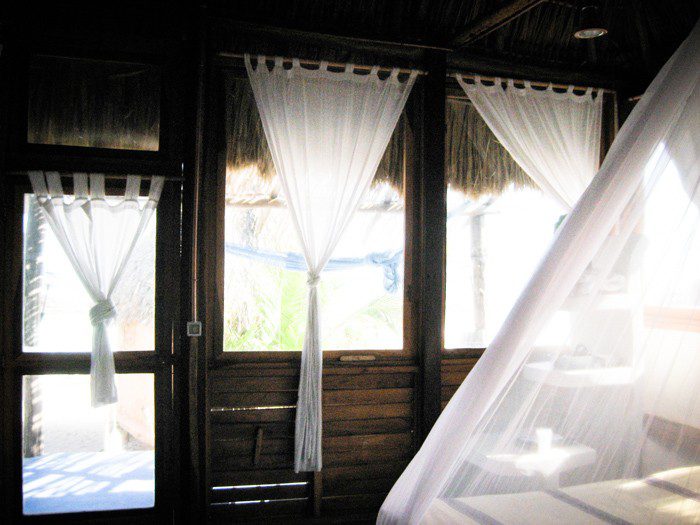
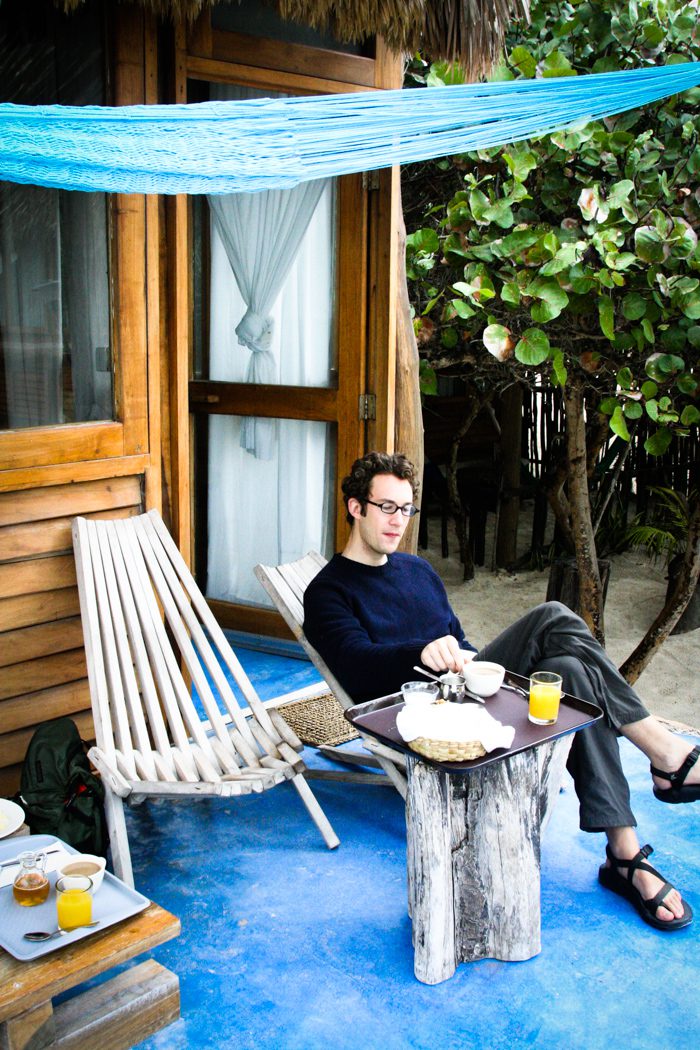
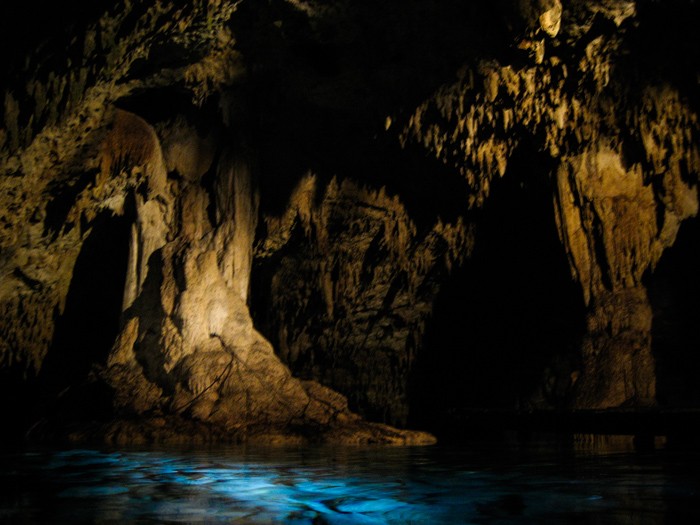
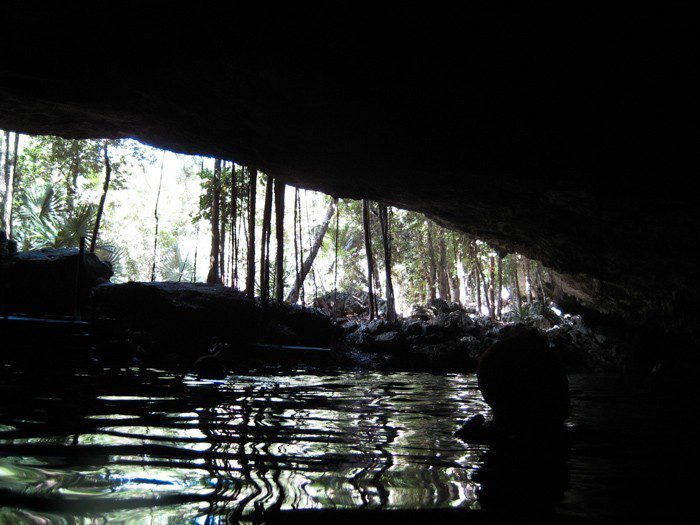
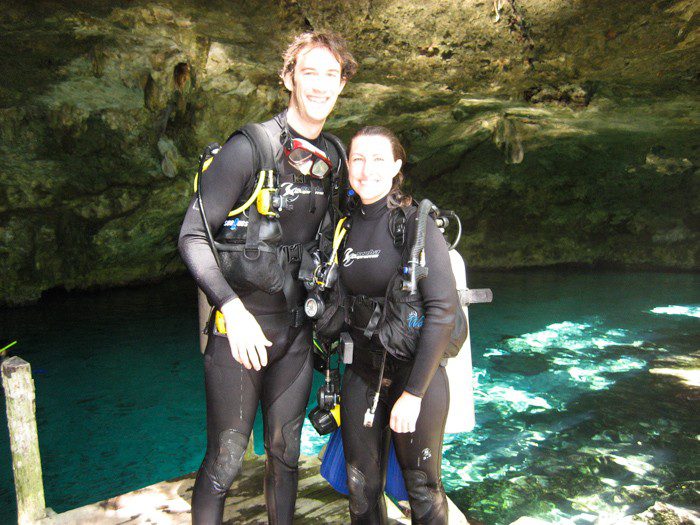
Hungry, we asked Budgie where we could find some fish tacos. Without hesitation he suggested Urge Taquito, a roadside, open-air restaurant that is only open for lunch. Near the junction of the main highway and avenida Tulum (just down from the grocery store, across from the gas station on Hwy 307), Urge Taquito is a spot at which you might not immediately choose to stop when you could be eating at the beach.
But you would be missing the best fish tacos, ever. The tacos are cheap, delicious and popular with local families. Many of the guests were also enjoying ceviche, but we were happy to stick with tacos both for safety concerns and because the tacos were exactly what we wanted.
After lunch we decided to visit the Mayan ruins of Tulum. Situated on cliffs overlooking the Caribbean, the location was stunning. Apparently, Tulum was a neutral sea-trading point and had its peak in the 12th century. It was abandoned 75 years after the Spanish Conquest of 1521, but was never conquered.
There are about 60 structures spread over a large grassy area, all within walls (rare for Mayan sites), and one can go down to the beach in front of the ruins to swim and take in the view of the site from the water. The next few days in Tulum were spent relaxing and enjoying the beautiful beaches. We did some body-surfing, read and soaked in the sun (albeit with 55 SPF), walked down the beach and played cards.
One afternoon we drove down into Sian Ka’an Biosphere, a protected area encompassing tropical jungle and over 70 miles of offshore reef. Most of the area if off-limits to tourists, though a guided tour can be arranged. We drove to one of the beaches—it was interesting to see what the area looks like without any shaping or grooming—before heading back into town. We also tried both of the following days (with no luck) to return to Urge Taquito for more fish tacos, but they were closed—I have no idea why. Most locals we spoke with were surprised, too.
On Sundays, La Zebra hosts Salsa dancing lessons and live salsa music around 9 or so (the lessons are earlier). We came for dinner and stayed for a little dancing on the beach. There was quite a crowd there, but most of the other establishments were fairly quiet. We felt like everyone we had seen on the beach that day was at the same restaurant that night.
Sorry to leave Tulum after our four nights, we dragged our heels until around noon on Monday before packing up the car. It just worked out that we were driving toward Cancun on a Monday and not Sunday, and I think it was lucky. It seems as if Hwy 307, the road between Cancun, Playa del Carmen, Puerto Morales and Tulum can get very busy on the weekends.
We were curious about Playa del Carmen—so many people love this more relaxed, low-key version of Cancun (as it tends to be described)—and so we stopped there for lunch. I’m sure given more time, we would really enjoy a visit. But after Tulum’s quiet, slower pace, the unique resorts and cabanas of Boca Paila Road and its wide, white beaches, it was hard to appreciate the traffic, crowds and large shopping centers we encountered in Playa. I should mention that it looks great once you get past such things and into the beach zone, but we were in search of a different sort of vacation this time.
Isla Mujeres
Our next stop was to be Isla Mujeres, a small island just off the coast from Cancun (a 15 minute ferry ride). We left our car at the Marriott in Cancun, where we would be staying the last night of our trip, and took a cab to the ferry port. The boats leave about every 30 minutes and it was a smooth ride to the dock at Isla. I believe it cost around $3 for each of us to travel there.
The island is tiny–just 5 miles long and a half mile wide–and we only needed to walk about 4 blocks before arriving at our hotel, Los Arcos. We had reserved three nights at about $60/nt, and were very pleased with the room: spacious, it had a kitchenette and a balacony, as well as a small dining table. Our room looked out onto the street in front of the hotel but the double-paned sliding doors kept things pretty quiet. The hotel is right in the center of El Pueblo, on a pedestrian-only street with jewelry stores, restaurants, souvenir shops, dive and tour centers, etc. There are some larger resorts elsewhere on the island’s coasts, but the interior is primarily devoted to two salt marshes where salt was harvested years ago. Otherwise, everything is concentrated in El Pueblo, the island’s only town.
Many visitors decide to rent golf carts to travel around the island (approx $40/day), but while we had intended to explore the Garrafon National park at the other side of the island we knew immediately that we would be happy to stay to this end of the island and explore by foot. And we knew that we would be taking a dive or snorkel trip in that direction at some point.
Indeed, as we explored the small downtown, we investigated the dive shops and made plans to dive on our second full day. We also walked along the main beach, Playa Norte, to decide where to spend the entirety of our first full day. Close to the ferry port, past a slew of small fishing boats and tented seafood restaurants, one can enjoy a very wide, public beach. If you keep walking around the tip of the island, you come to another stretch shared by some hotels and bar/restaurants. We thought the ideal place was at the far end–the beach belonging to the Na Balam resort. It had beach beds, chairs, and umbrellas for rent, along with drink service and a nice restaurant. The first night, while looking around, we happened to arrive during the 3-5pm happy hour. As there was only 10 minutes of 2 for 1 time left, we quickly ordered 4 margaritas and some guacamole. We watched a beautiful, mostly uninterrupted sunset (thanks to all the water between us and Cancun), and looked forward to spending the next day doing exactly the same.
One of the amazing things about Isla’s beaches is the wide sandbar that extends from the shore. Even after walking hundreds of feet into the water, we still weren’t submerged to our waists. In fact, at some of the furthest points, I was barely in water up to my ankles. You have to work a little if you’re looking to do any serious swimming, but it was wonderful. It also allows a lot of people to be in the water yet without any congestion at the shore. And because people tend to walk so far out, the beach seems particularly quiet. With many beaches (including “ours”) on the leeward side of the island, Isla also offers calm waters; we experienced some rough surf in Cancun and fairly strong waves in Tulum as well.
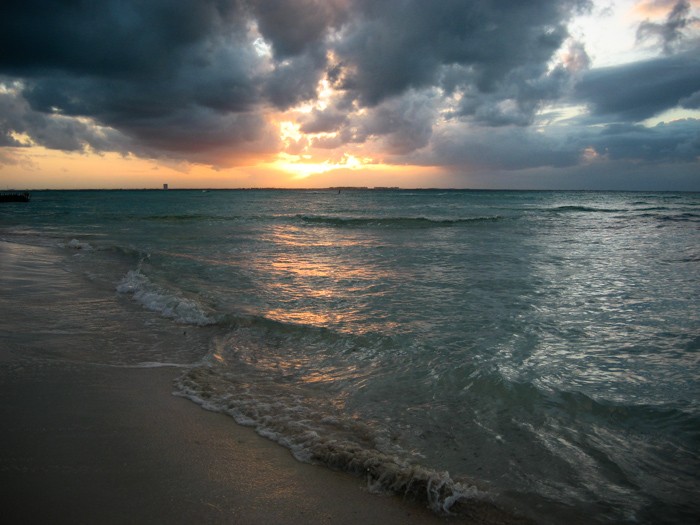
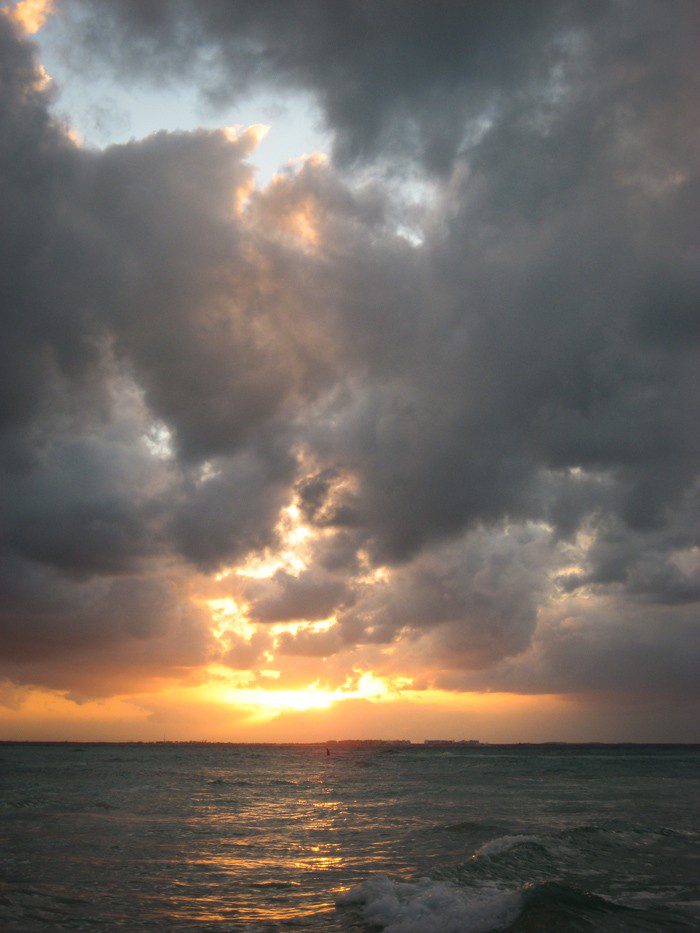
Our first night in town, we were tempted to try one of the Cuban cigars sold in many of the shops, and settled on a San Cristobal Classico. Tabacco and I are apparently not a perfect fit and though sharing a cigar with Aron was fun, it it made me lose my appetite. So I was determined to have a wonderful meal after our beach day and extended happy hour. This time we visited one of the tented restaurants near the fishing boats and I had a butterflied grilled lobster with garlic butter. Delicious! Aron stuck to the whole fish, which had been caught that morning so why not? I was fascinated to see, the next morning, that most of the restaurants keep their lobster cage just down the pier from their dining area and just pull up the cage when it’s time to select a lobster. I even saw one cook walking a customer out to make a personal selection.
The next day was our diving day: we had arranged to go out with Coral Scuba Dive Center on their 2 tank “adventure” dive: one dive at the Gun Boat 55 Shipwreck, about 80 feet max depth, and one dive at the El Tunel reef (55 feet). Again, this would be a different dive experience for me–deeper, involving a wreck, and it was supposedly almost guaranteed that we would see some reef and nurse sharks. I knew it would be fine, but I tried to ignore the possibility just as I tried to ignore the fact that Jaws just happened to be on our hotel’s TV the night before. However, we never saw one and I was actually pretty disappointed after feeling so prepared. We did, however, encounter a school of beautiful, spotted Eagle rays hanging out around the wreck site.
The ride out to the dives was pretty wild. The boat we took (about 10 of us in total) was small and didn’t shield us much from the surf. The dive master advised us to put anything we wanted to keep dry inside the hull and to don out wetsuits. As soon as we entered the open water, we were all soaked. Aron and I both started laughing as we kept trying to wipe our eyes dry and brush the salt water off our faces, to no avail. It just kept coming! But before long, we were jumping into the water. Once in, the current was like nothing I’ve experienced. We were being carried generally toward the sunken naval boat, but not enough that we didn’t have to kick. I was kicking so hard and breathing so fast, but I didn’t want to be the first to run out of air. It was a challenge. Finally, we were at the boat and each tried to grab onto it so as not to be pulled over and past. I didn’t want to disrupt any of the growth on the boat but the current forced my arm to brush against the boat and I could still feel a burn there a week later.
Swimming through the boat was great, particularly as huge schools of fish were doing the same, but there–as on the reef during our second dive–the current was frustrating. A part of me enjoyed the challenge and the novelty, but it was frustrating not to be able to pause and just take in the sights. I was so focused on staying with the group, at the same depth and pace, that it was hard to appreciate where we were. Still, being underwater is exciting all on its own, particularly in such warm, clear water (80 feet of visibility or thereabouts). On our way back to shore, we slowed down by a Dolphin encounter and watched some of the interactive show.
After the dive, we retreated back to our beach spot for lunch and then promptly fell asleep in our beach chairs for the next 2 hours. When we woke up, we moved our chairs out of the shade and down to the water to watch the sun set. For dinner? More seafood, of course–this time in El Pueblo.
We really enjoyed Isla Mujeres. I would love to return, and perhaps we would even explore som other parts of the island. It’s just such a small, charming place–especially amazing considering its proximity to Cancun. And we loved paying such a low price for a great, central hotel room while still enjoying (for just a little more) the beach and restaurant affiliated with one of the nicest hotels on the island, only 5 blocks away! I would definitely return. In fact, I might bypass Cancun and head straight for the ferry.
That’s not to say that we didn’t have a wonderful time in Cancun on our last night. We had been treated by Aron’s parents to a night at the Marriott Casa Magna property, and were welcomed to a beautiful hotel and a beautiful room with a full view of the pool and the sea from our balcony. We opted to enjoy the resort instead of heading into town, and started with a steam in the hotel gym, followed by a swim in the pool, a walk down the beach, some last cheladas and micheladas on our balcony and fish for dinner at the JW Marriott next door.
Cancun is a bit like Las Vegas in that the hotels are huge and line up along a strip–only this time it’s a strip of sand. There are huge shopping malls with all the luxury stores one would expect in Caesar’s forum or on Rodeo Drive, and familar restaurants like Bubba Gump Shrimp and Hard Rock Cafe. There’s also a party into the wee hours going on every night and one could have a great time at any one of the many clubs. But it is also stunningly beautiful. The water is unbelievably blue–turquoise blue. And if you can afford to stay at one of the many impressive resorts along the beach, you can have whichever kind of vacation best suits you.
Weeks after returning to New York, I’m still thinking about the wonderful time we spent in the Yucatan. And I’m already thinking about what else we will see there when we return.



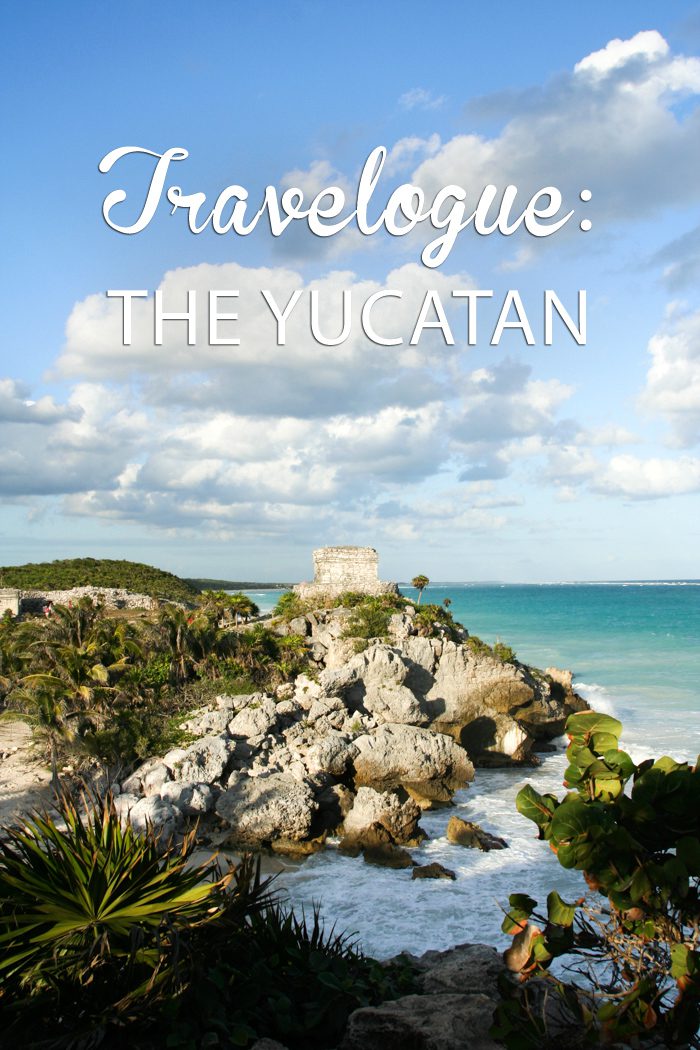
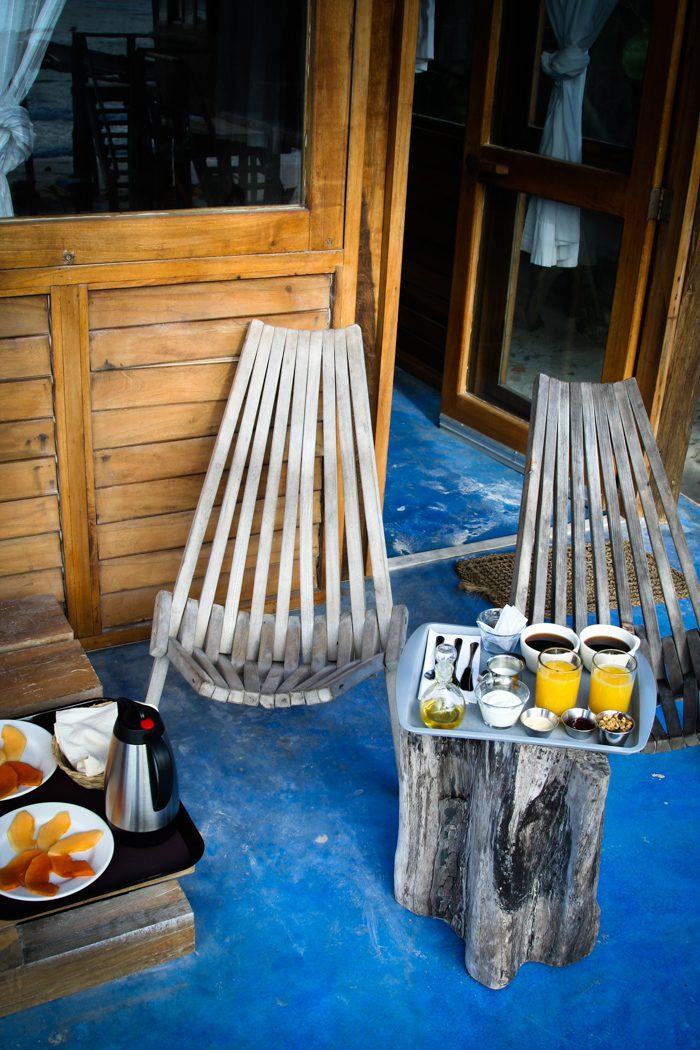
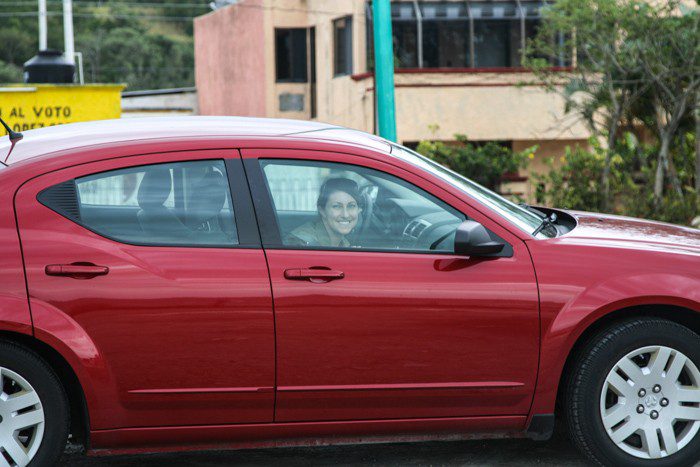
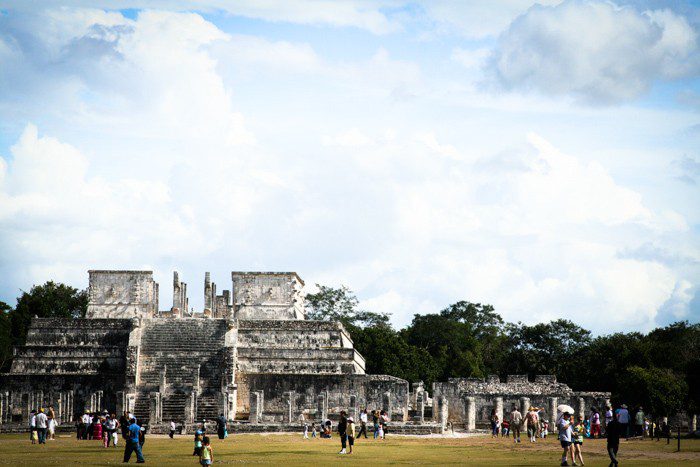
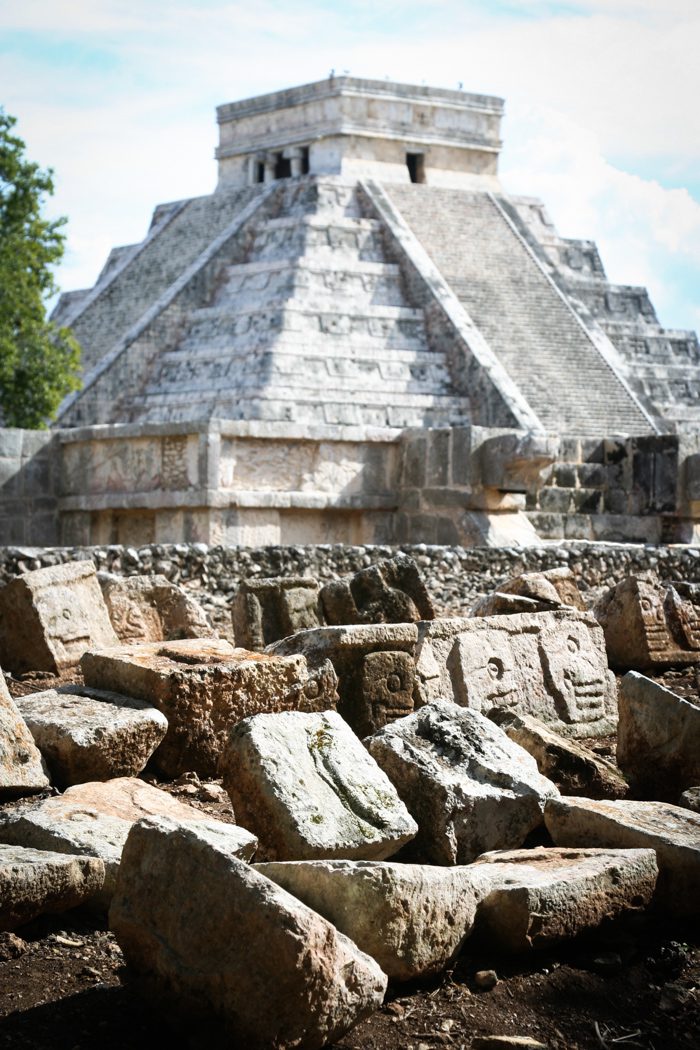
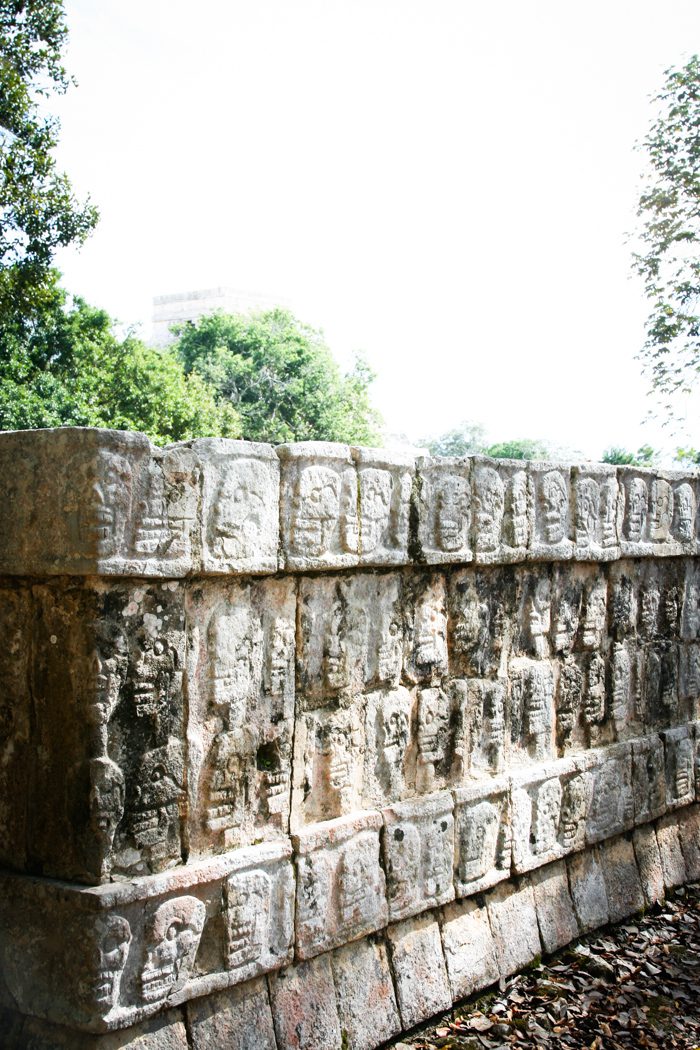
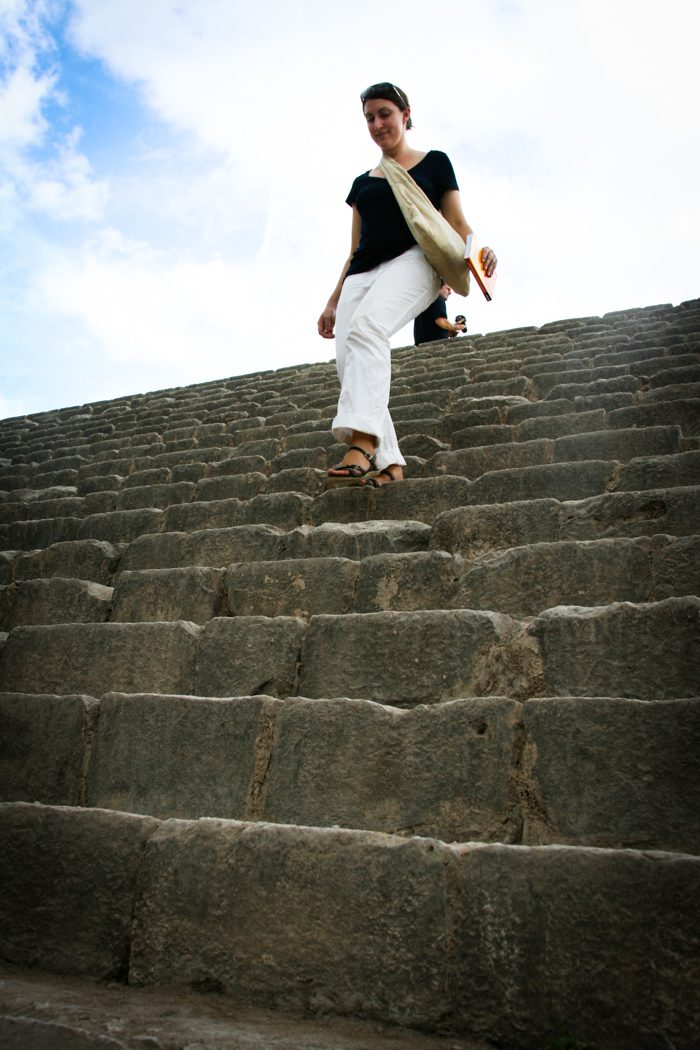
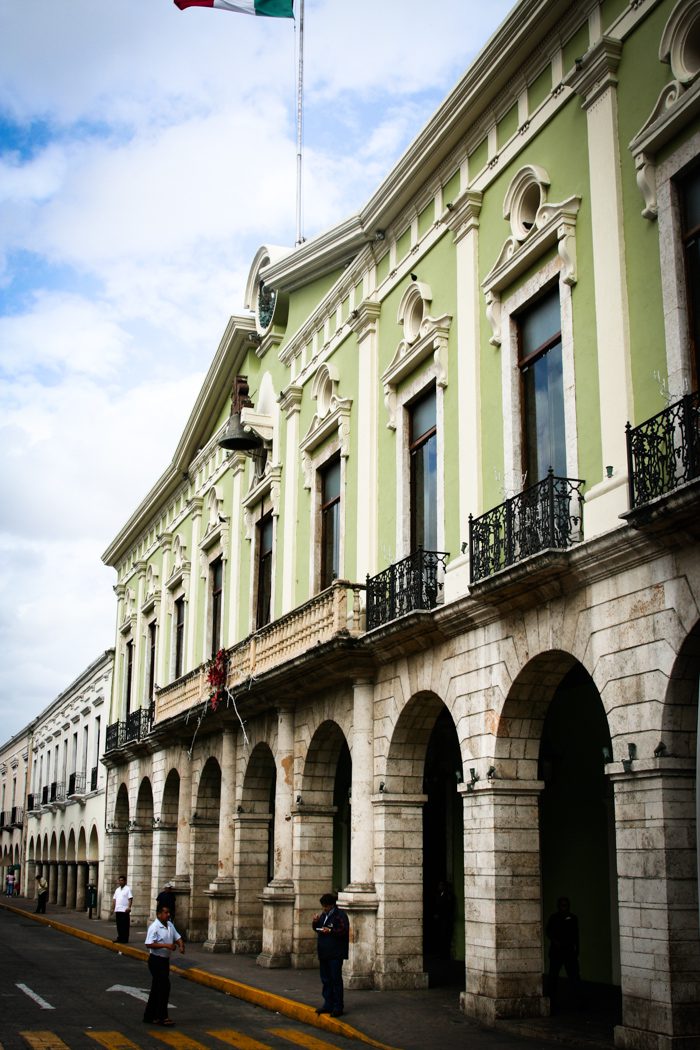
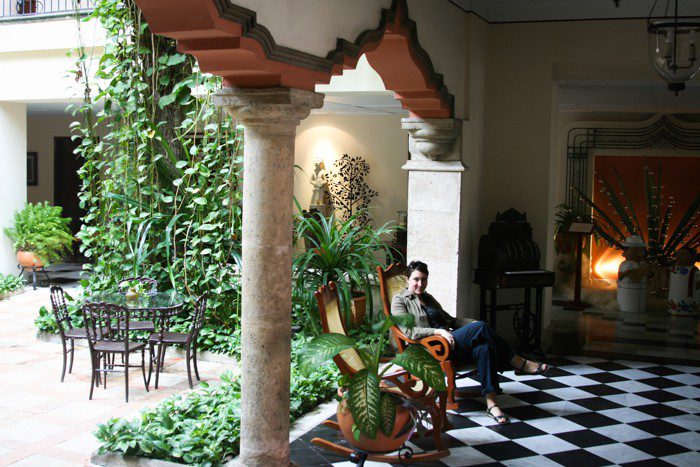
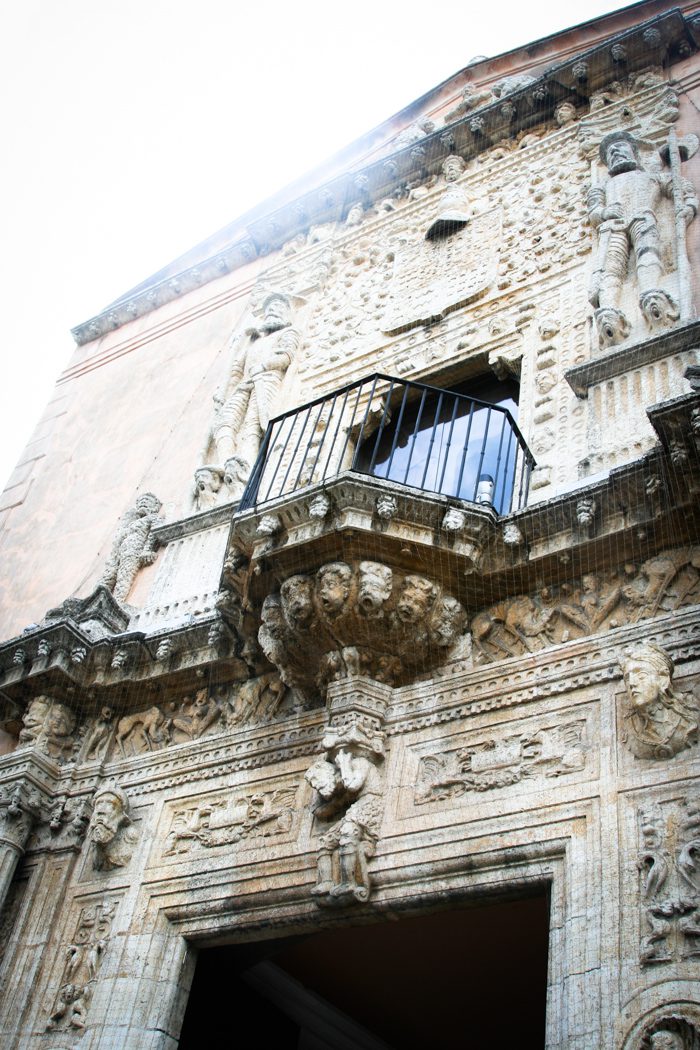
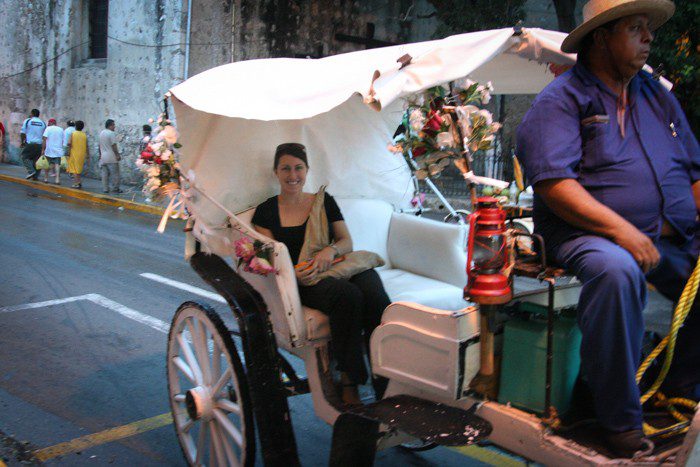
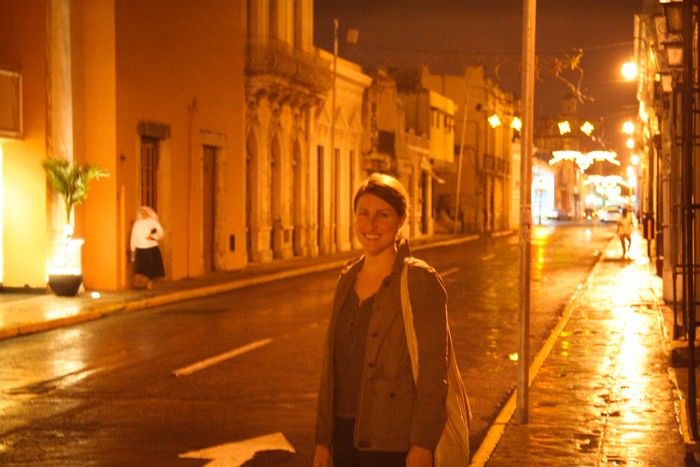
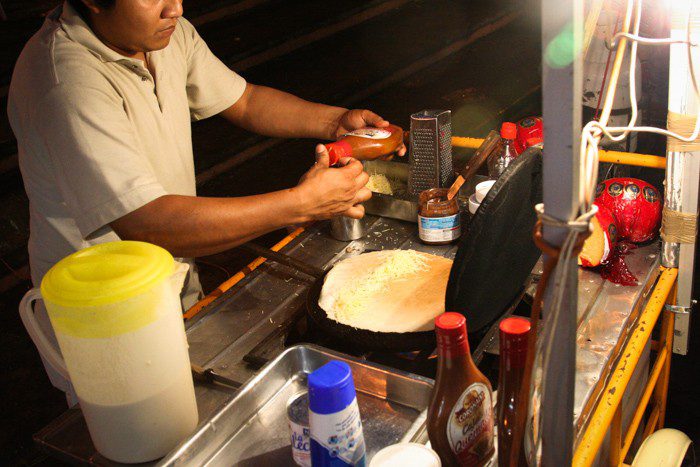
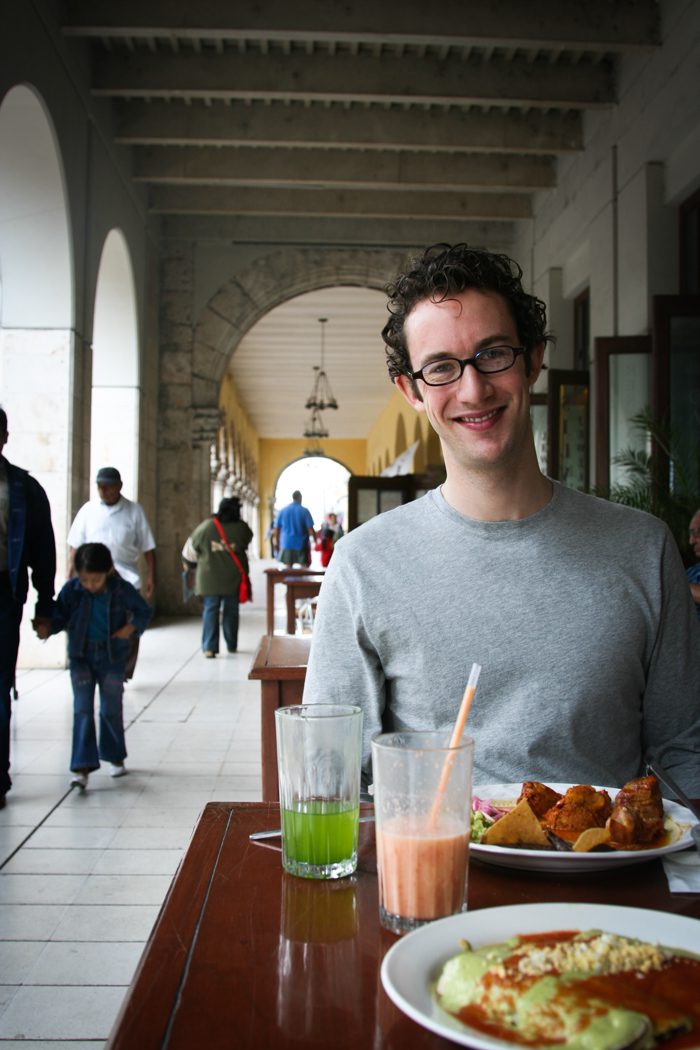
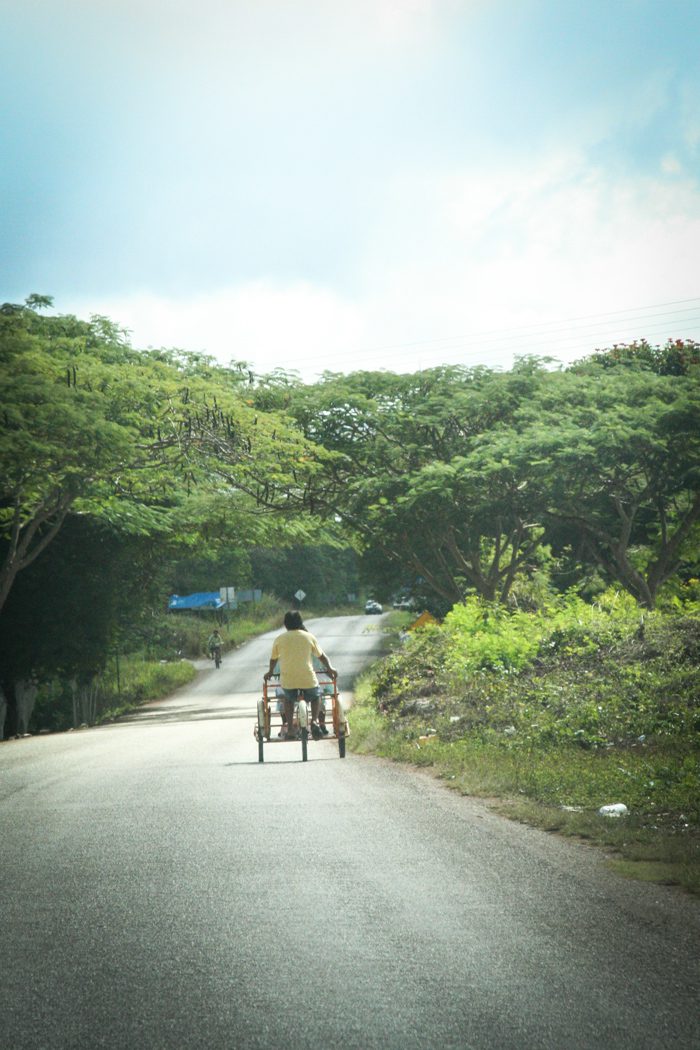
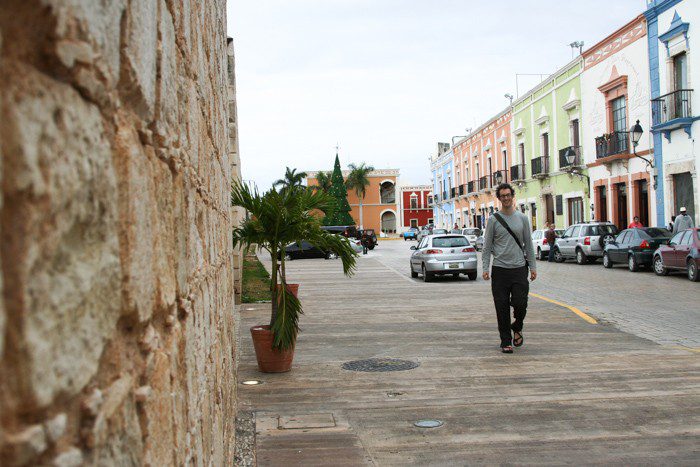
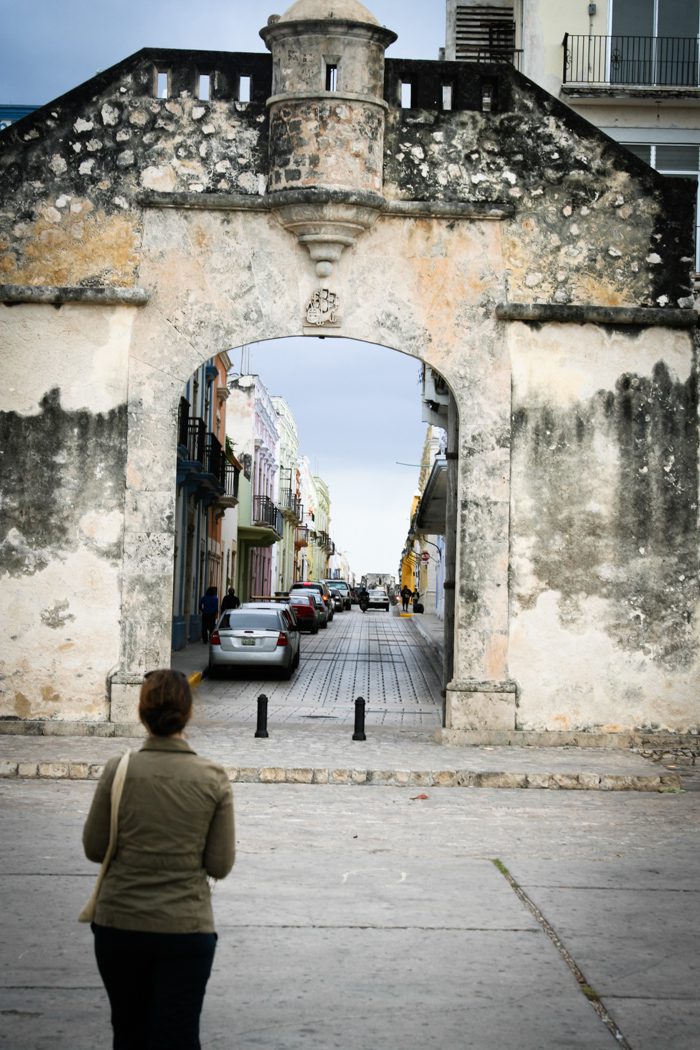
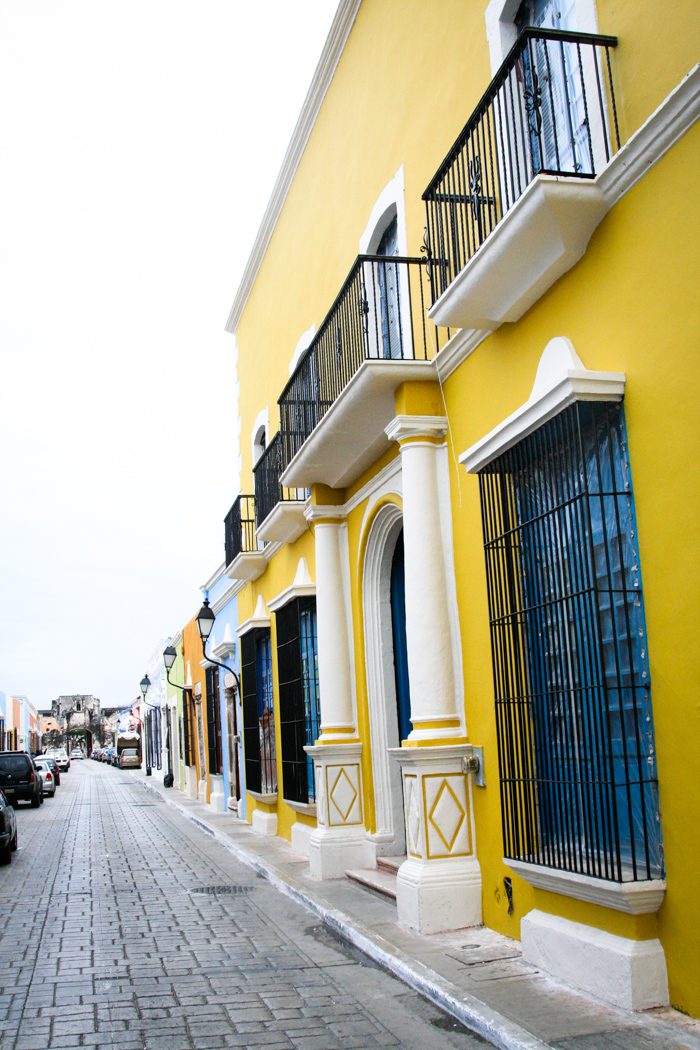
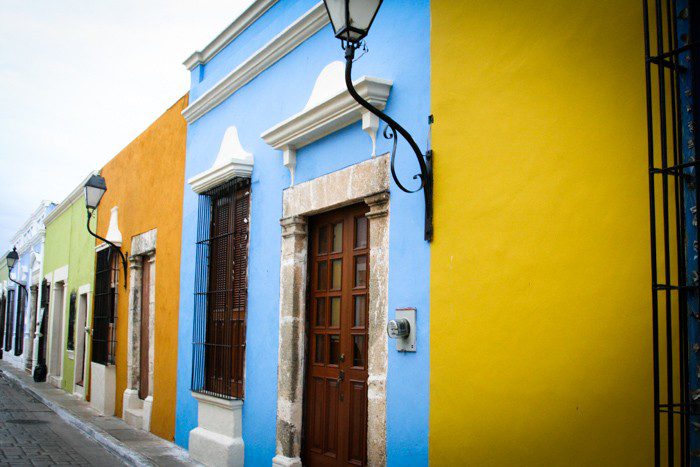
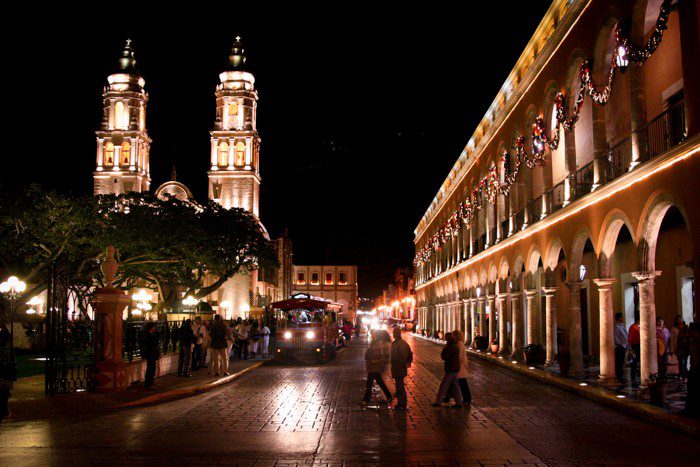
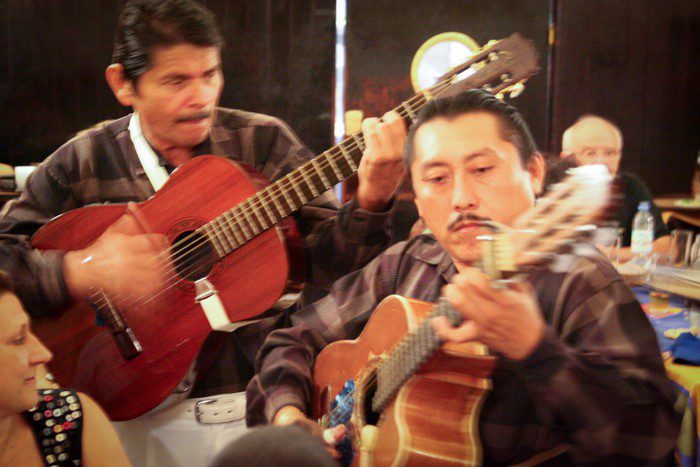
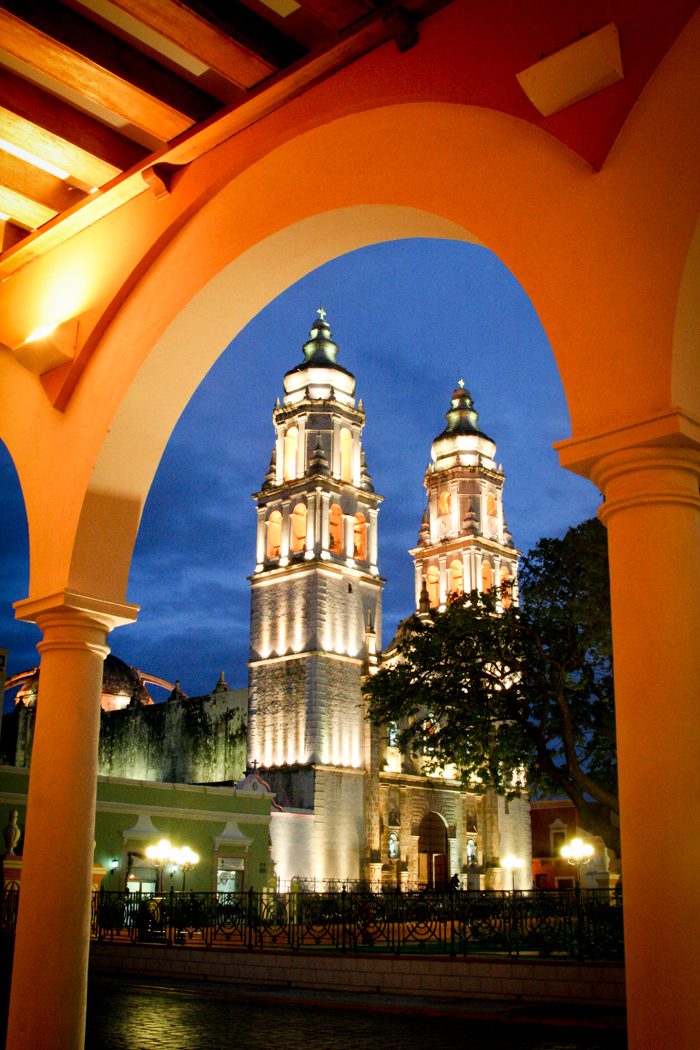
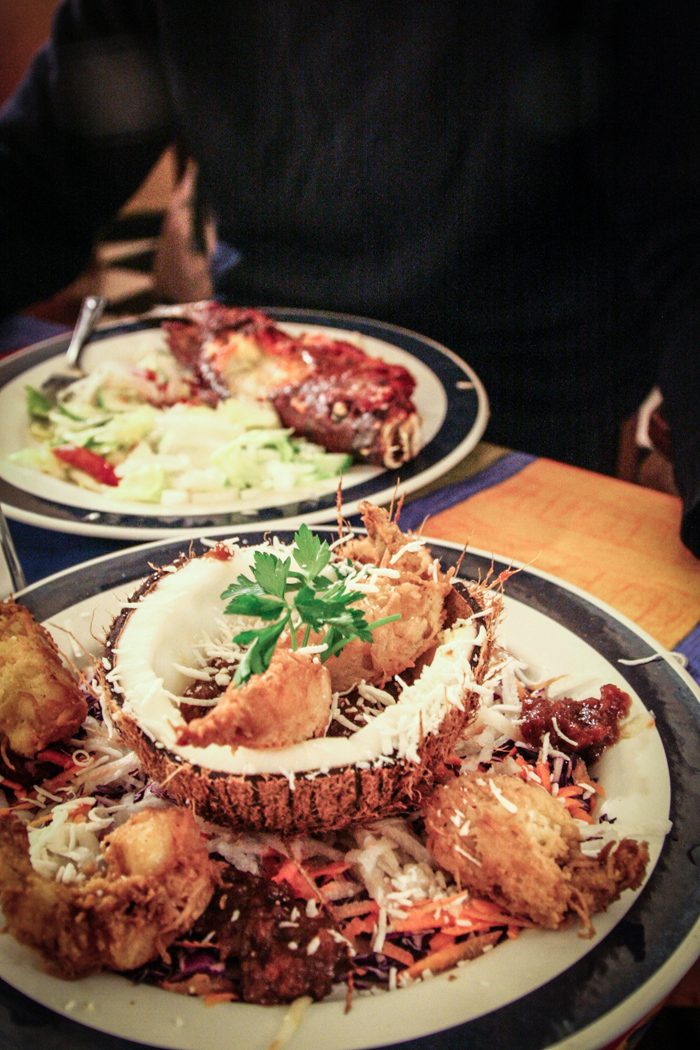
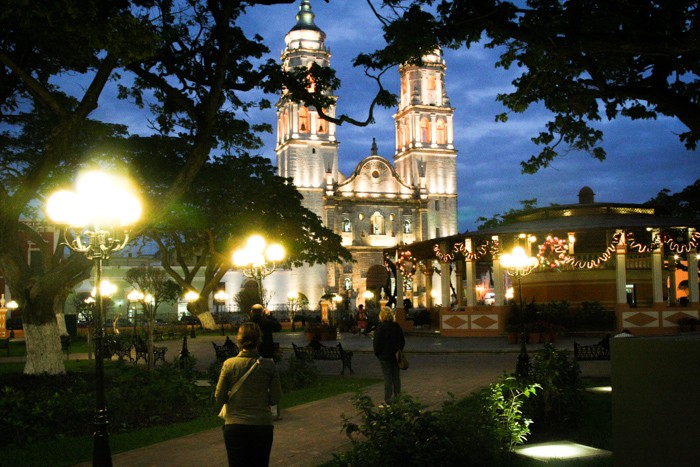
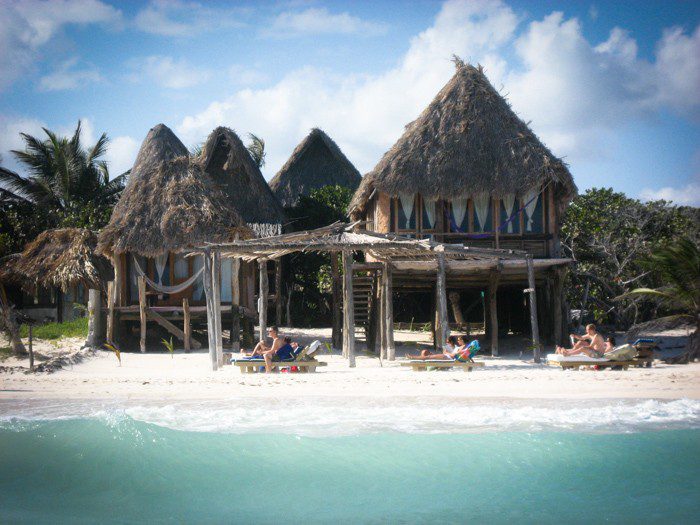
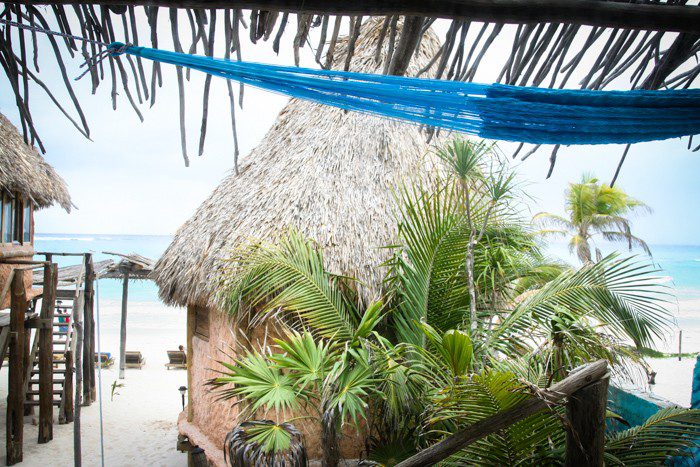
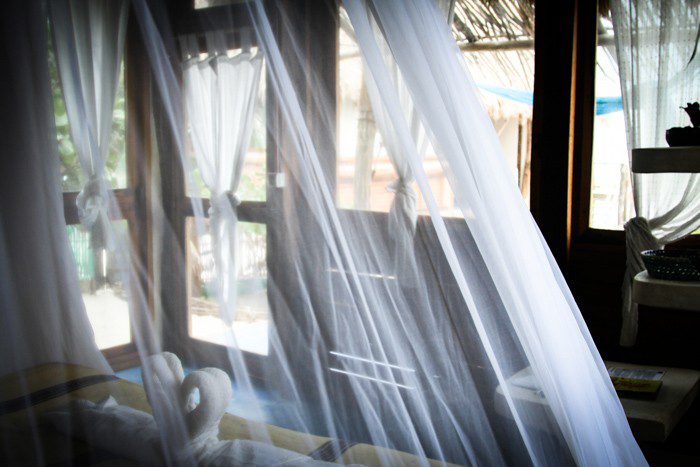
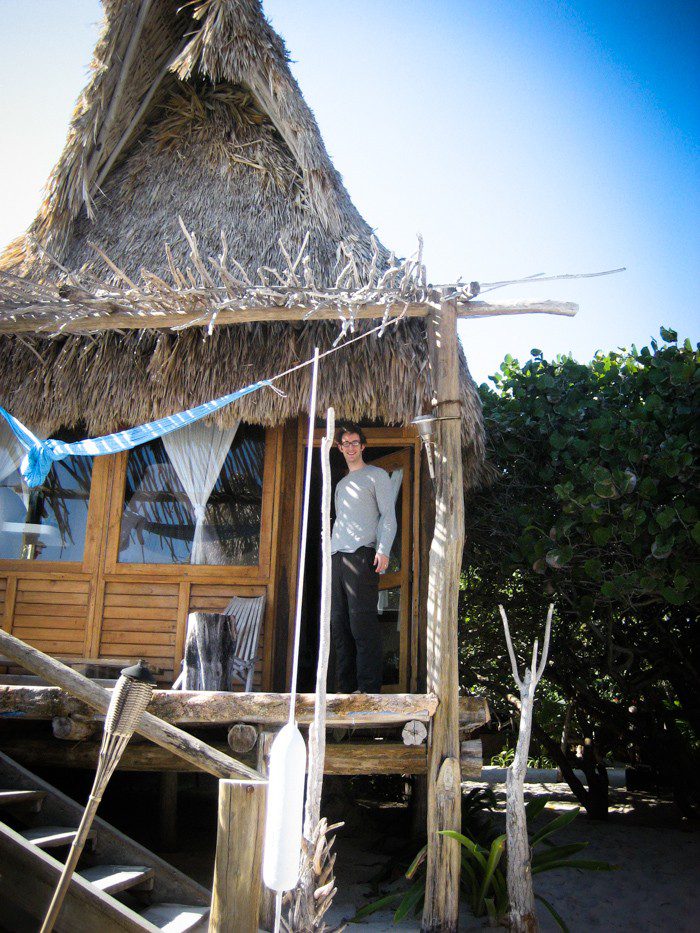
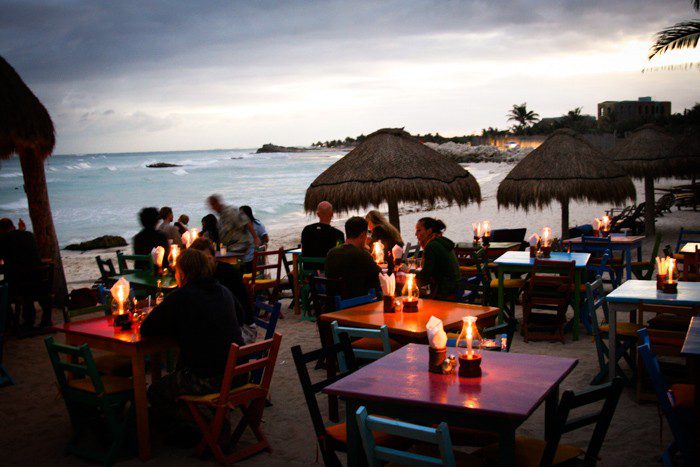
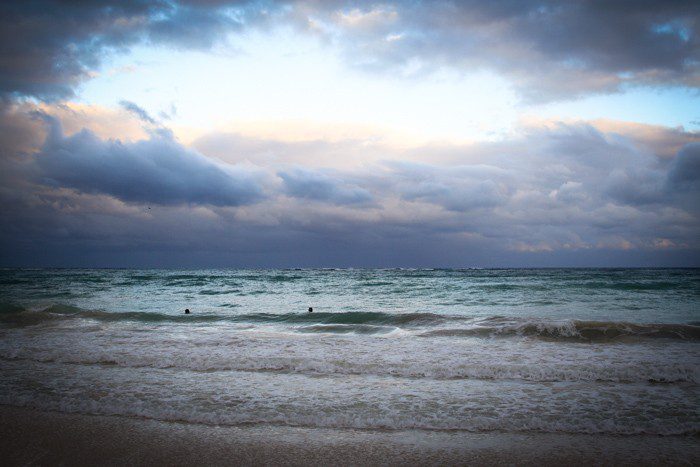
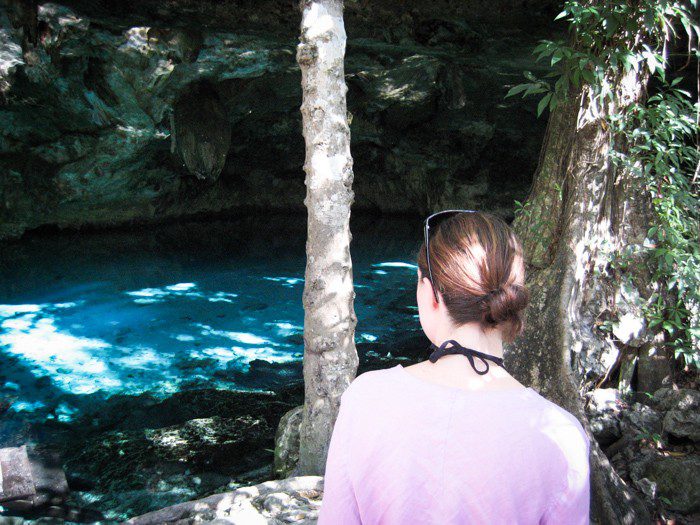
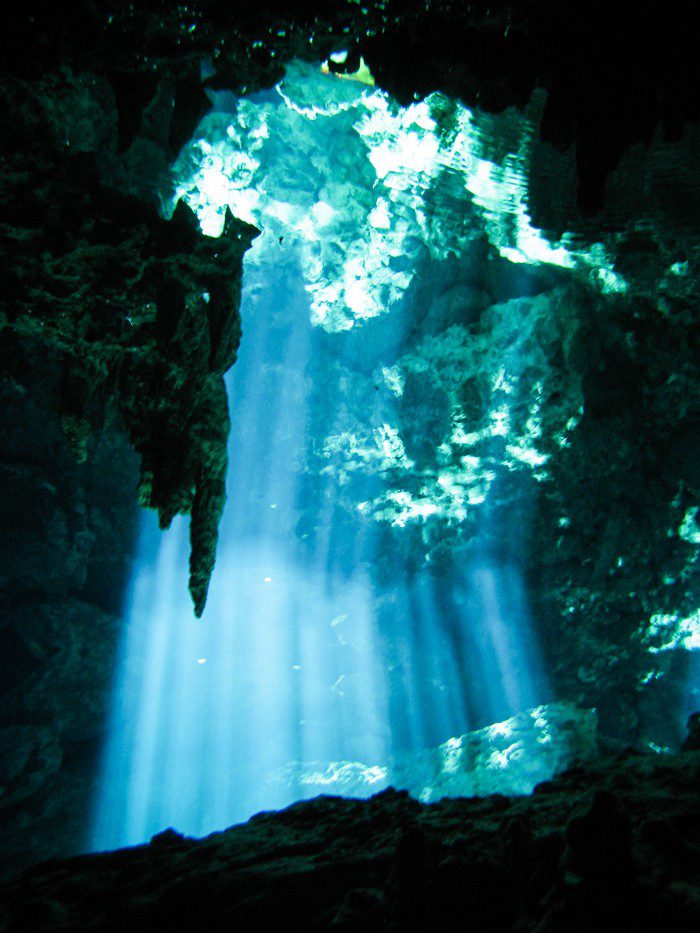
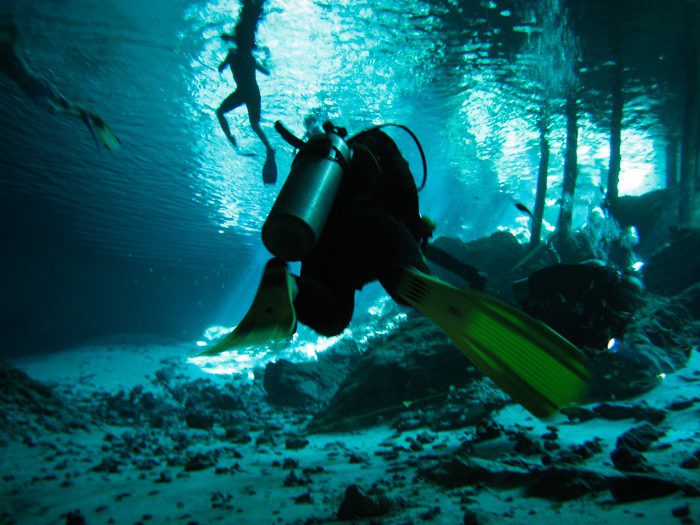
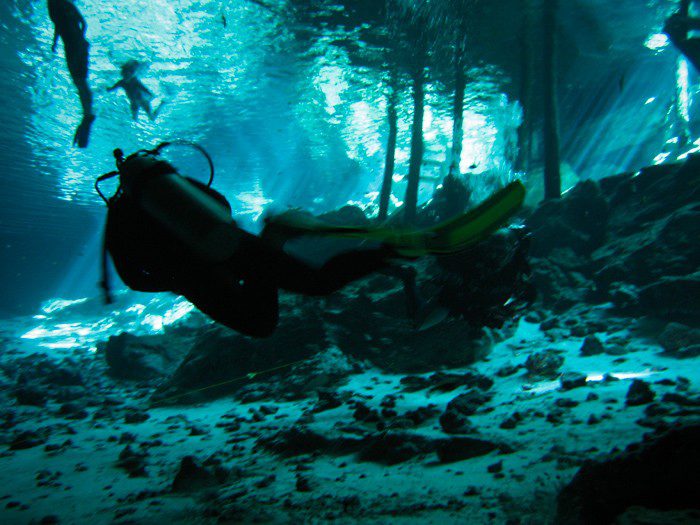
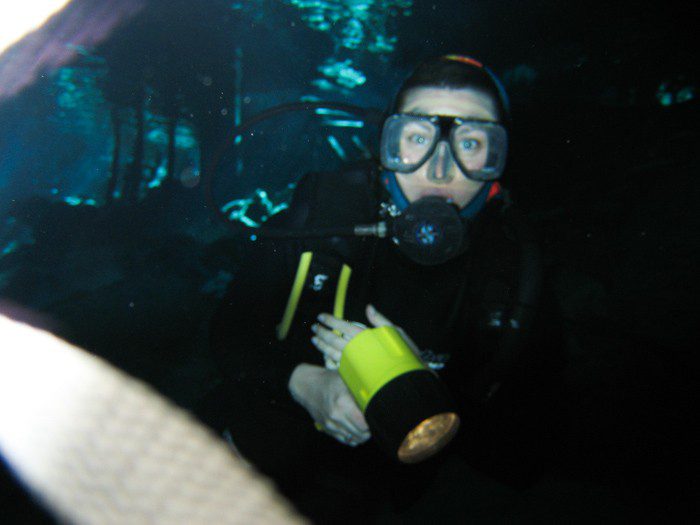
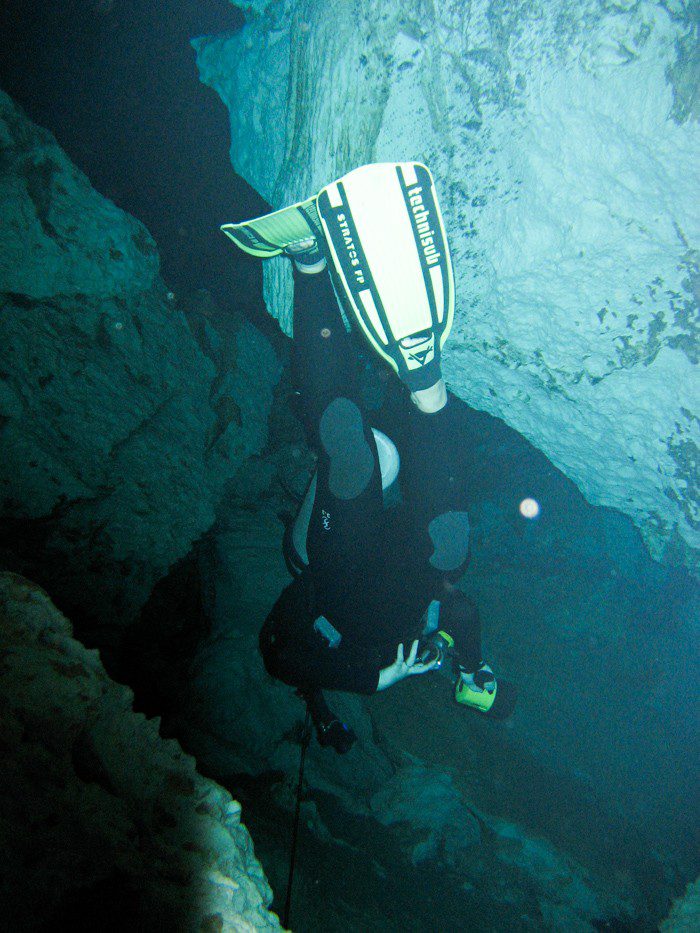
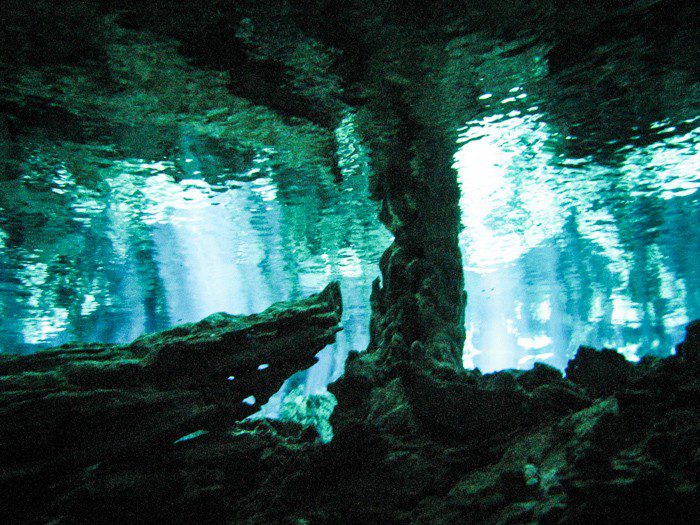
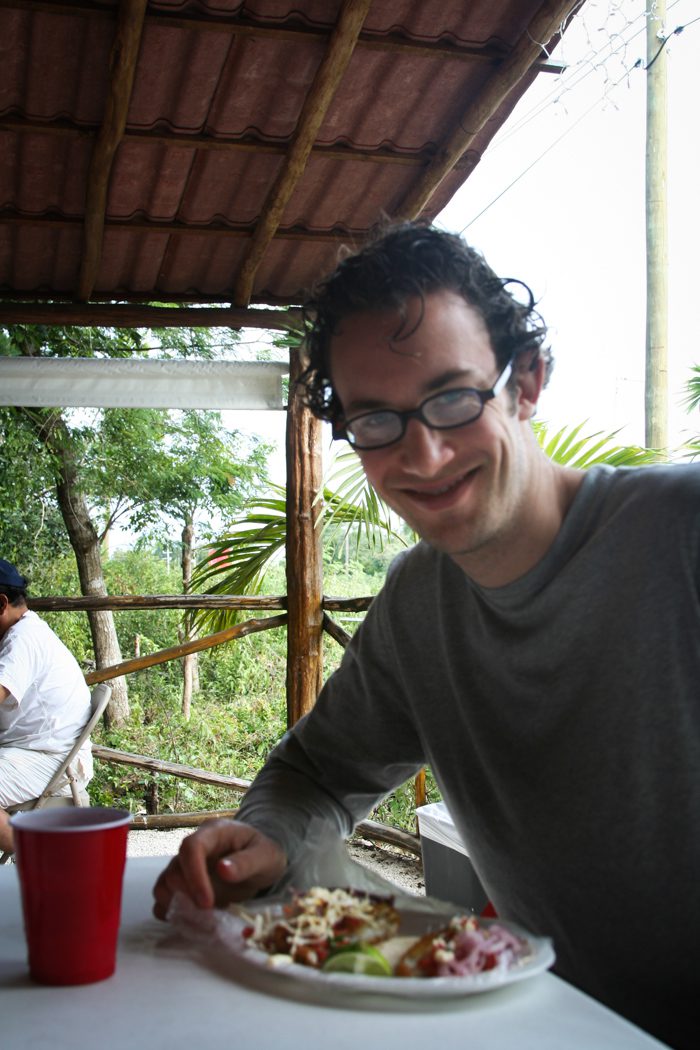
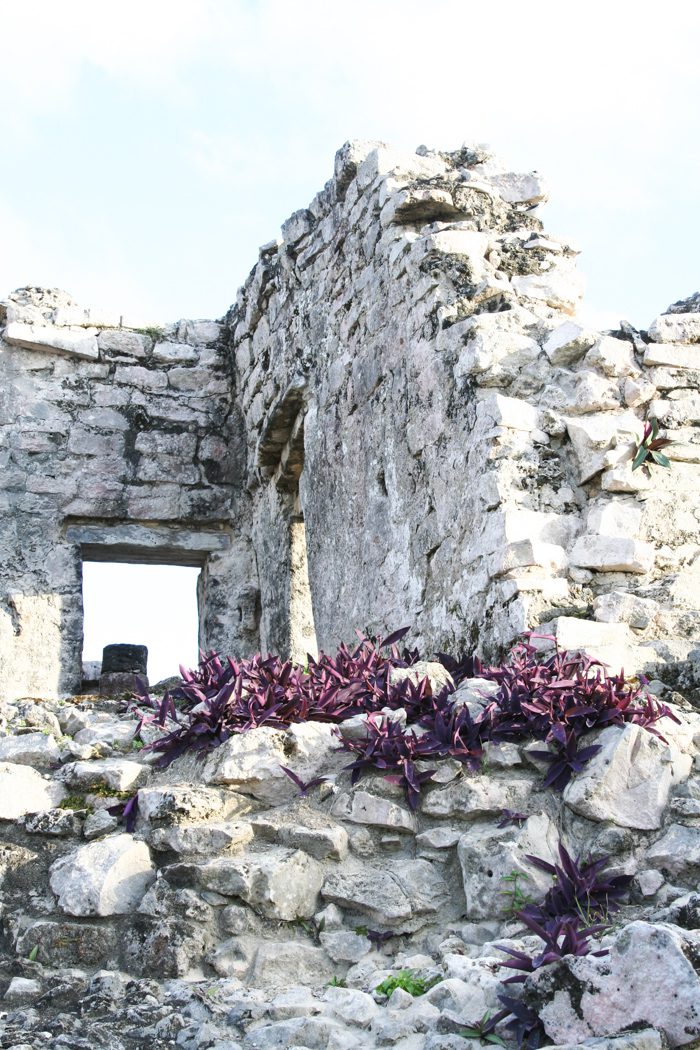
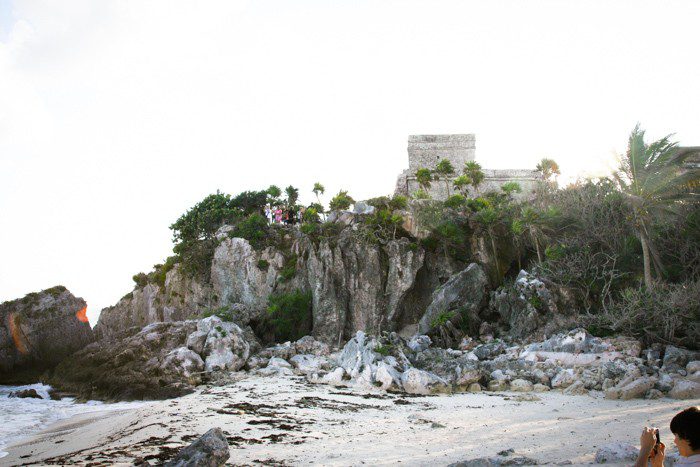
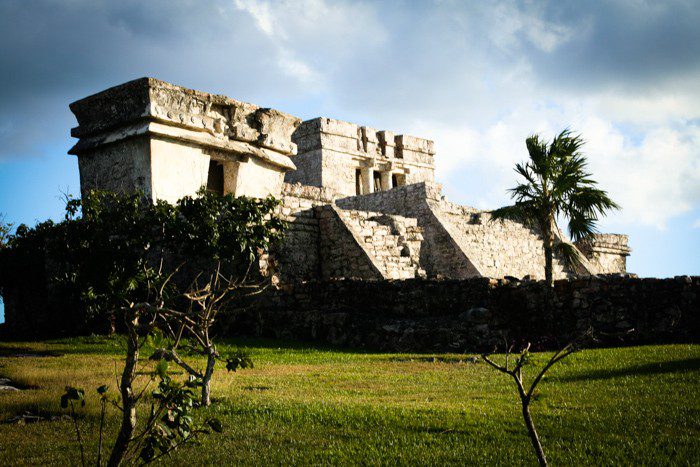
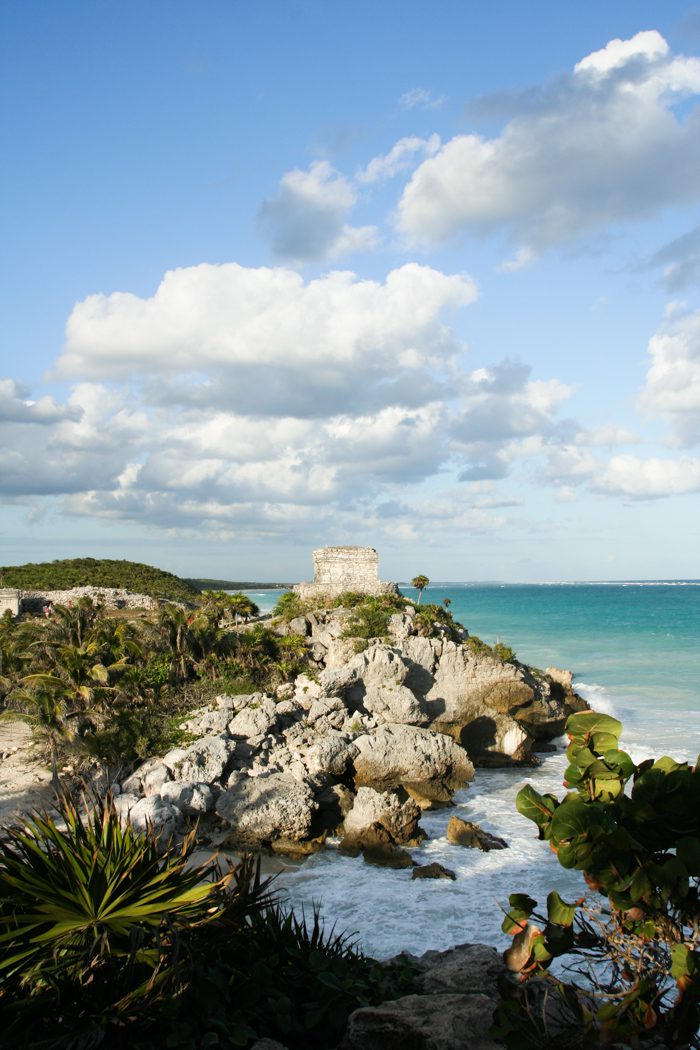
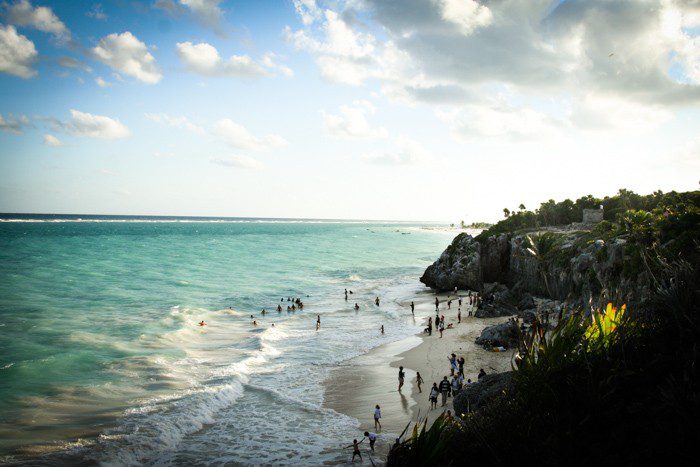


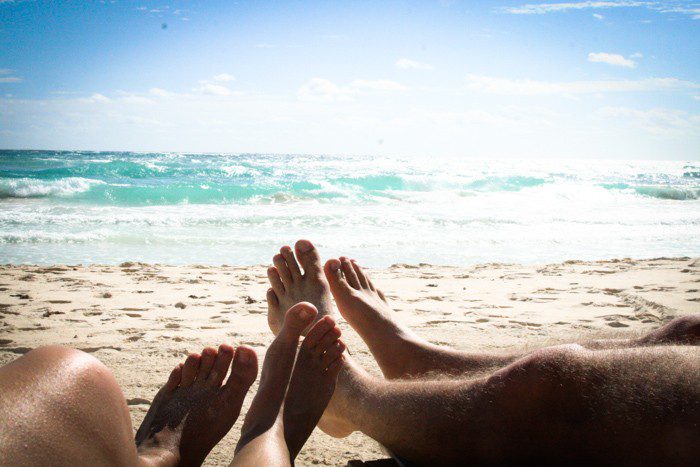
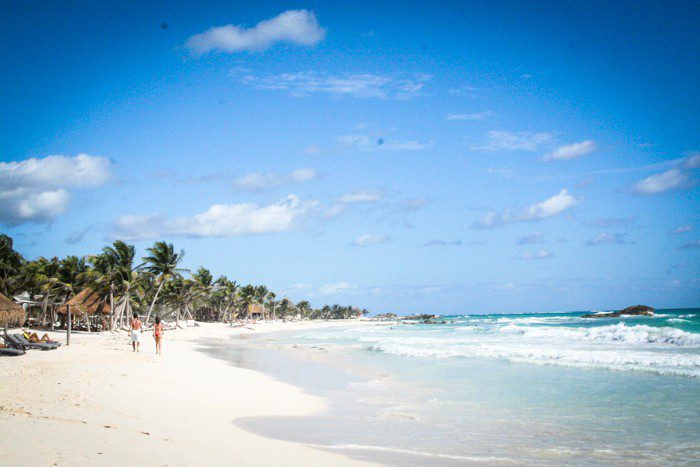
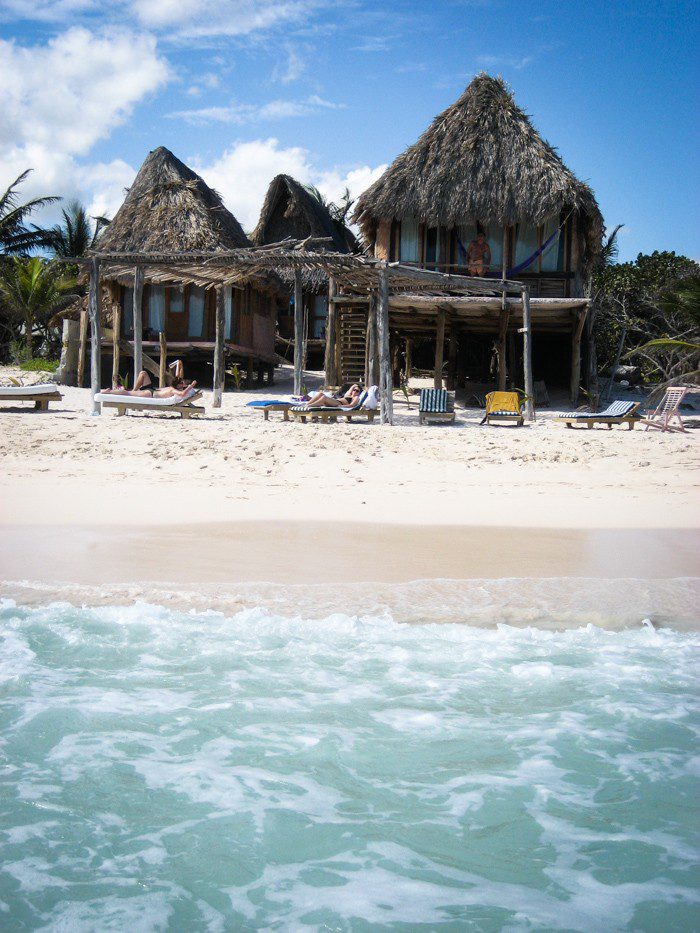
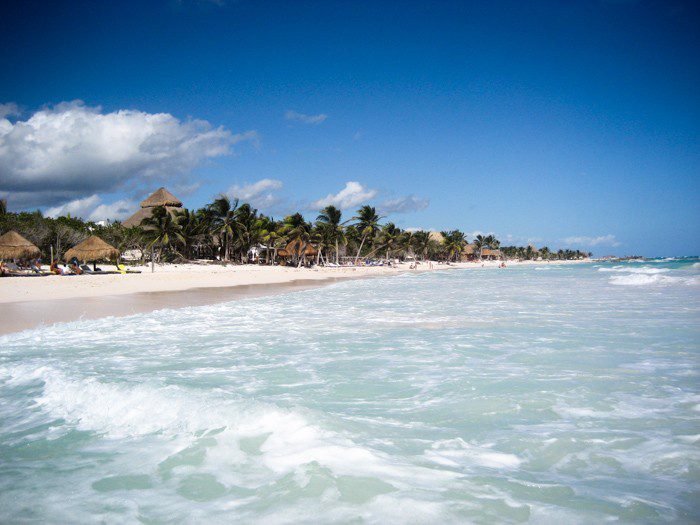
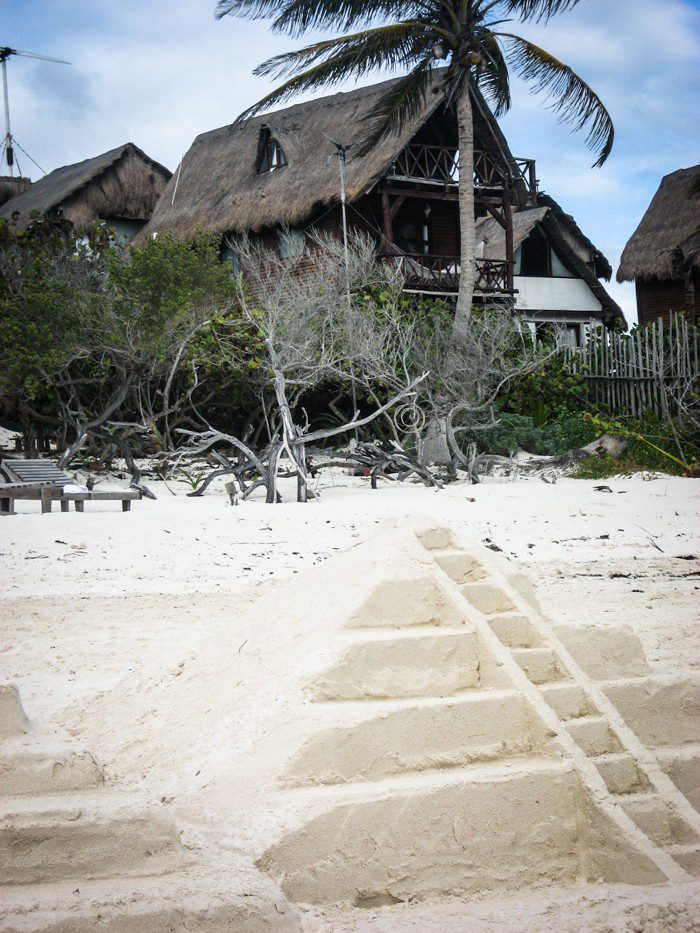
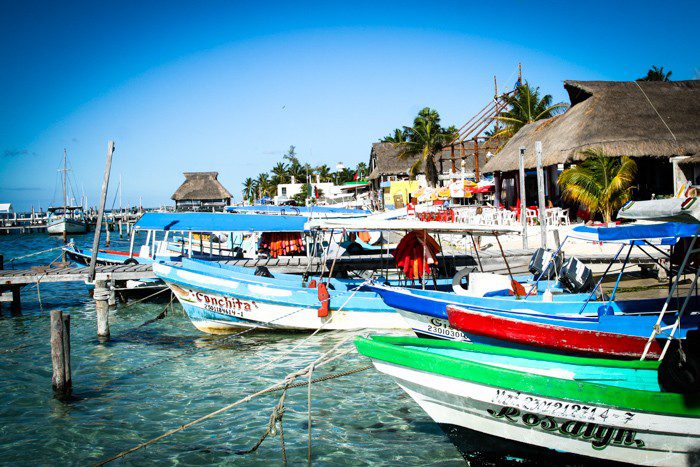
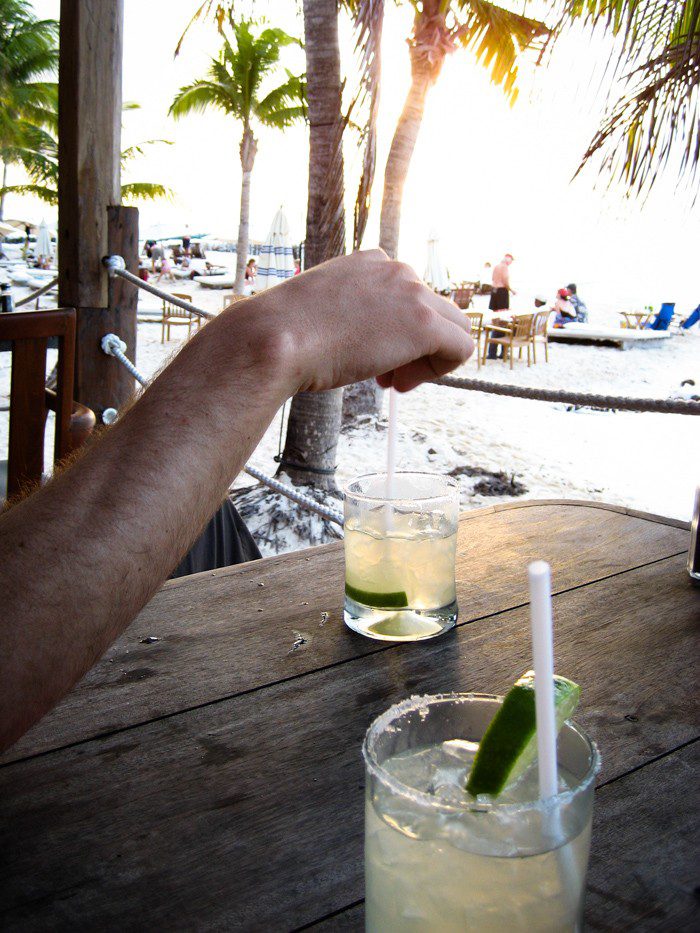
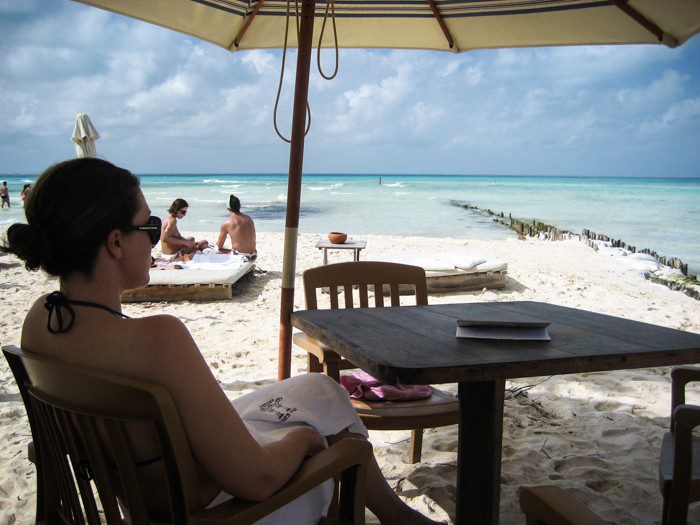

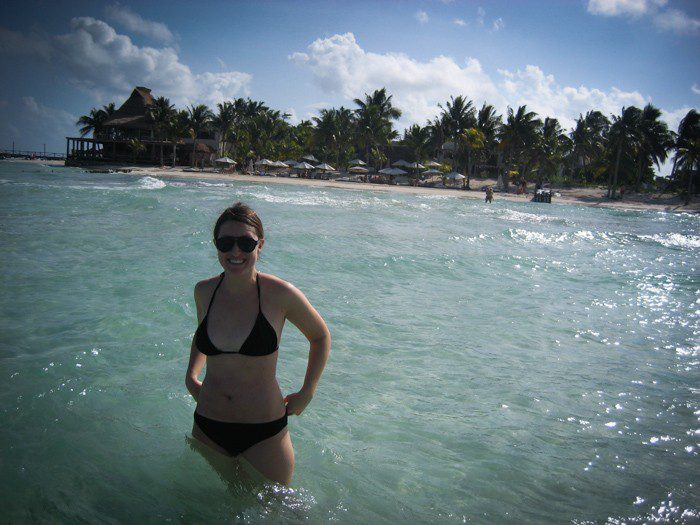
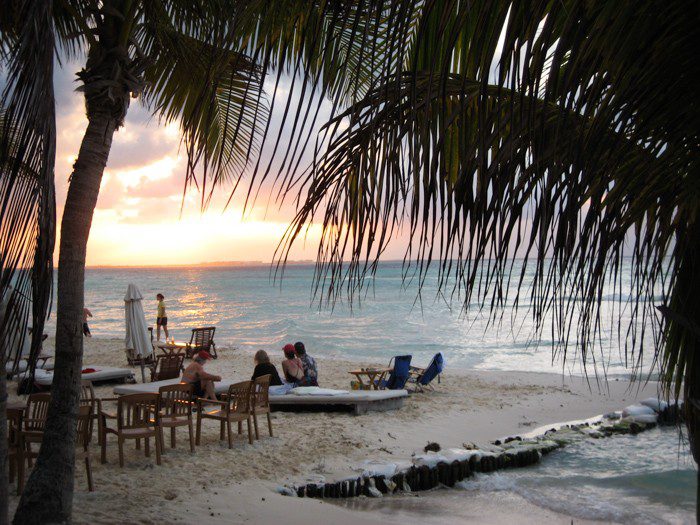
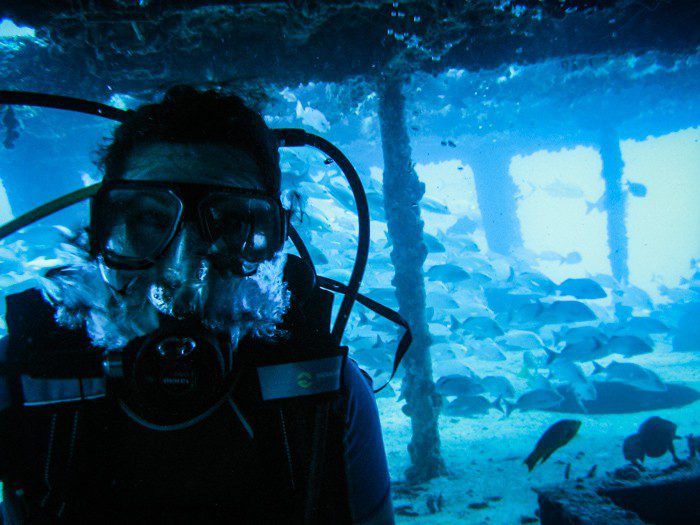
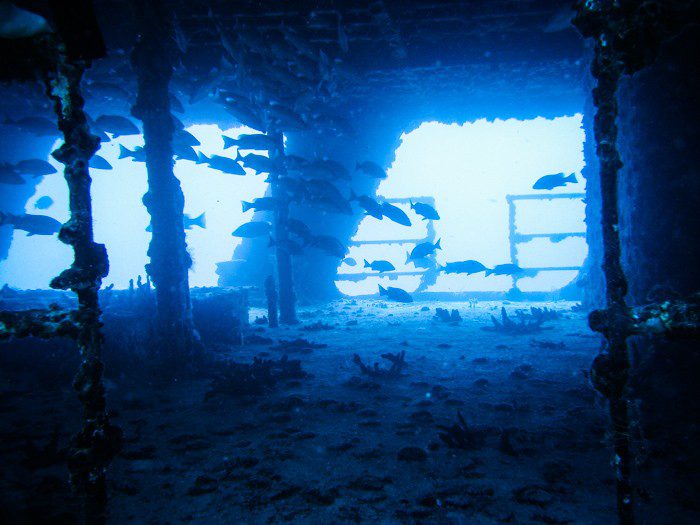
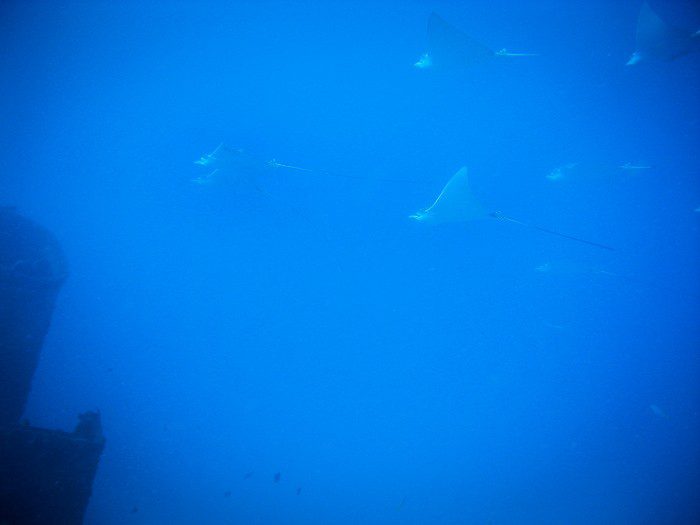
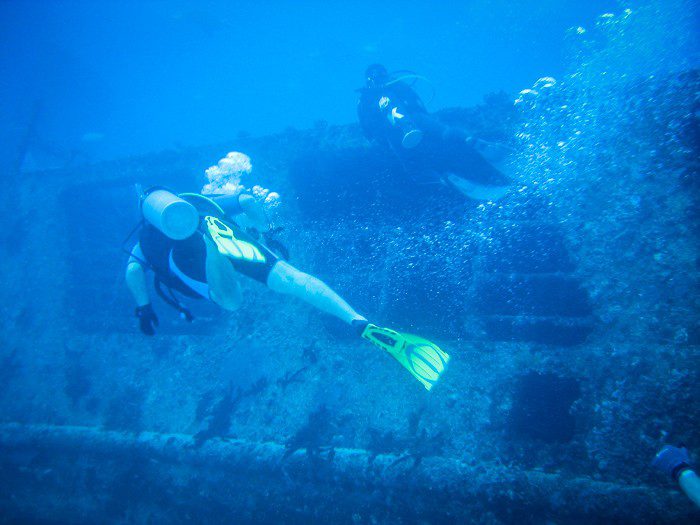
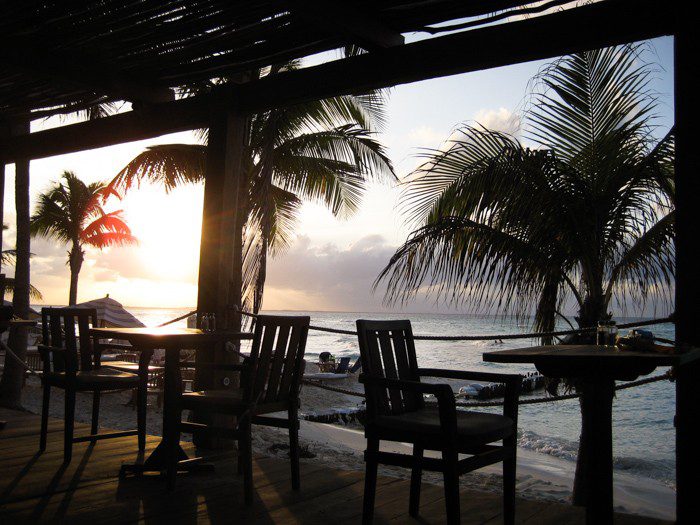
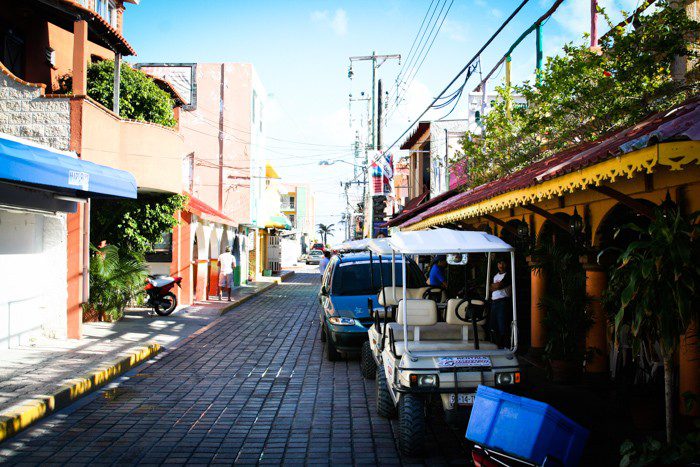
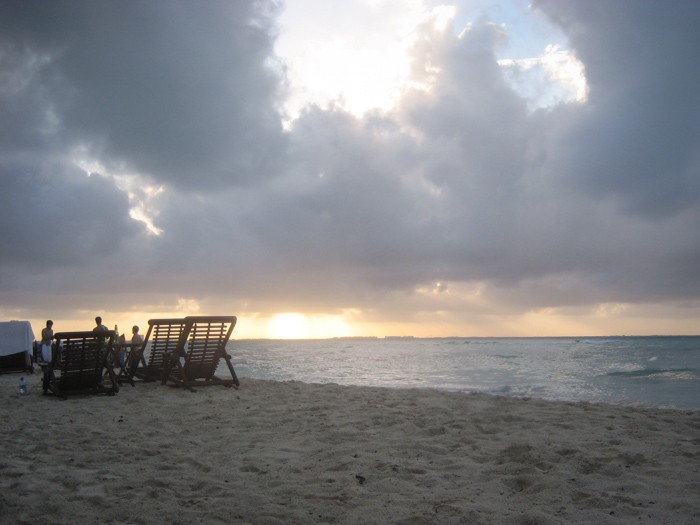
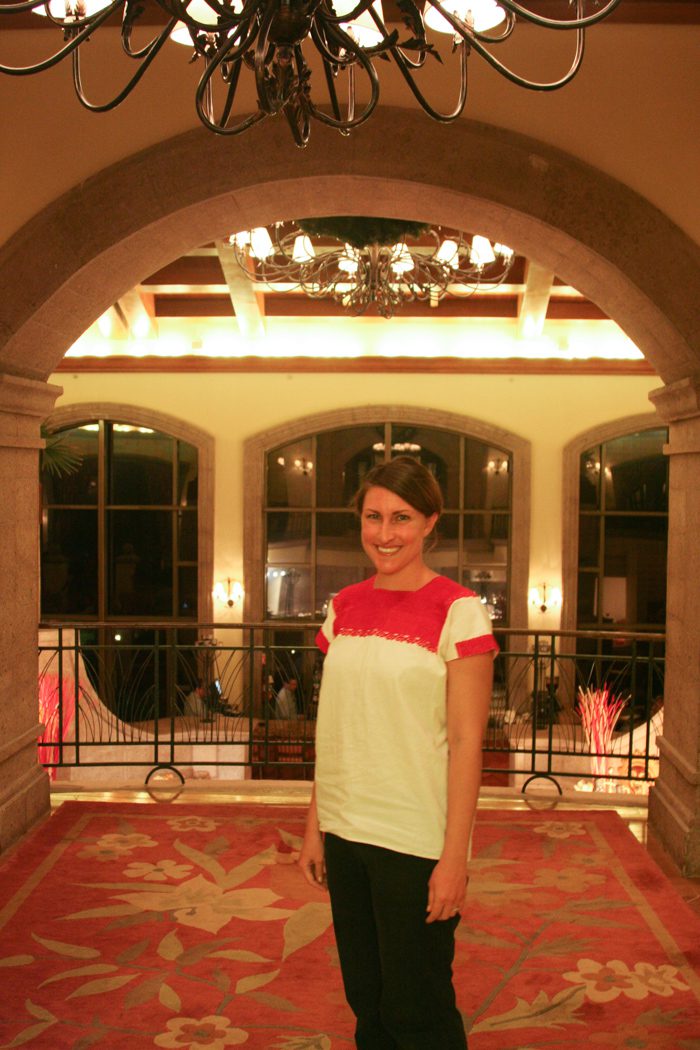
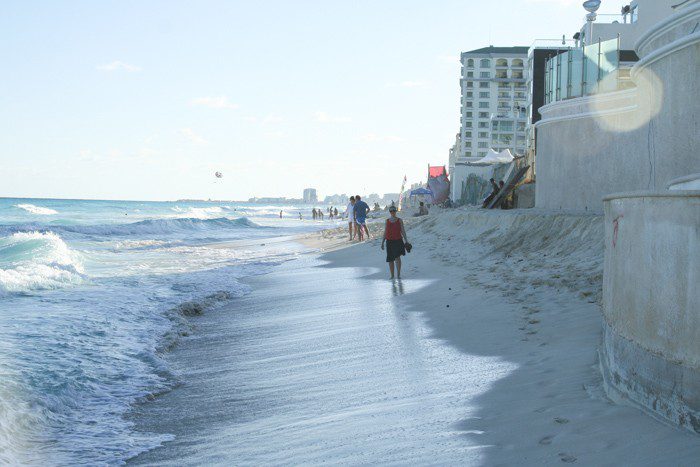
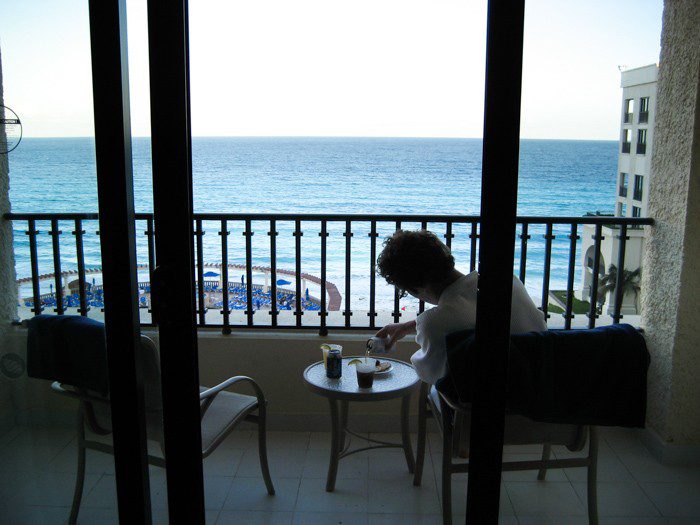
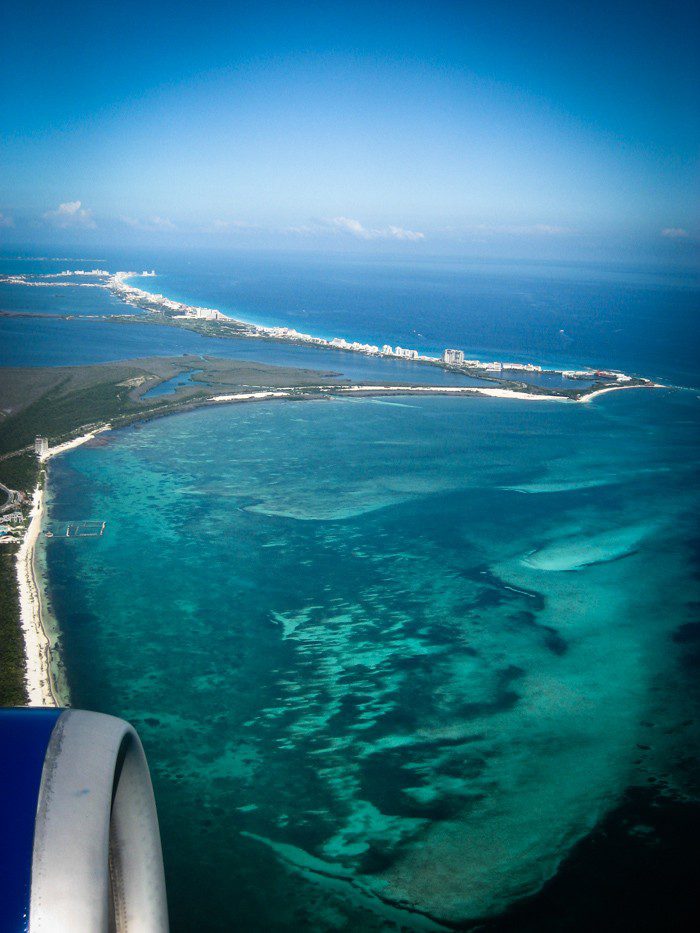



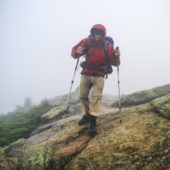



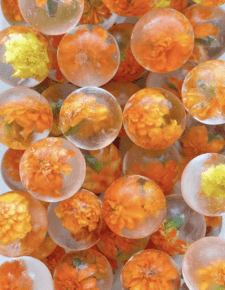


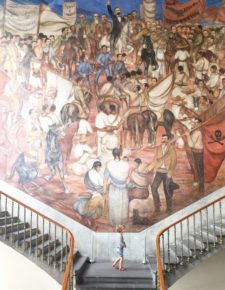




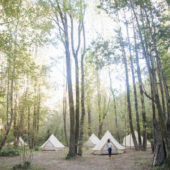





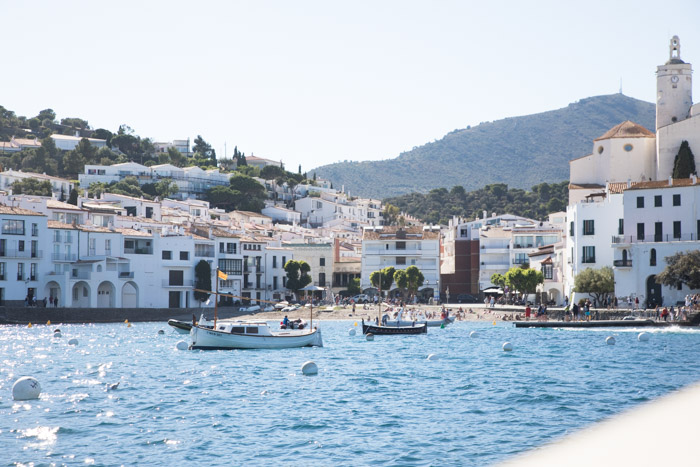
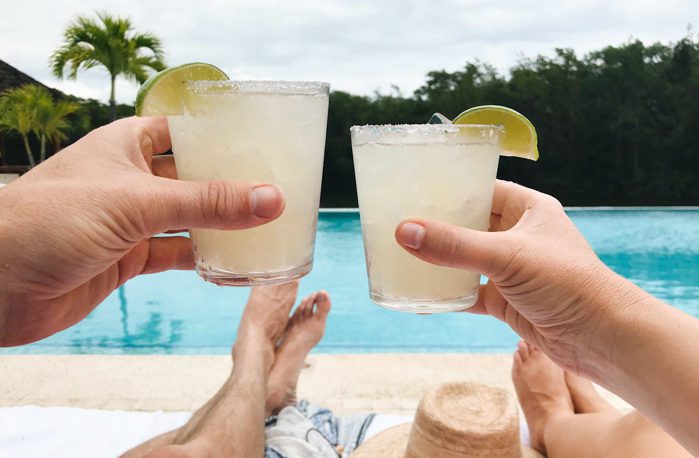

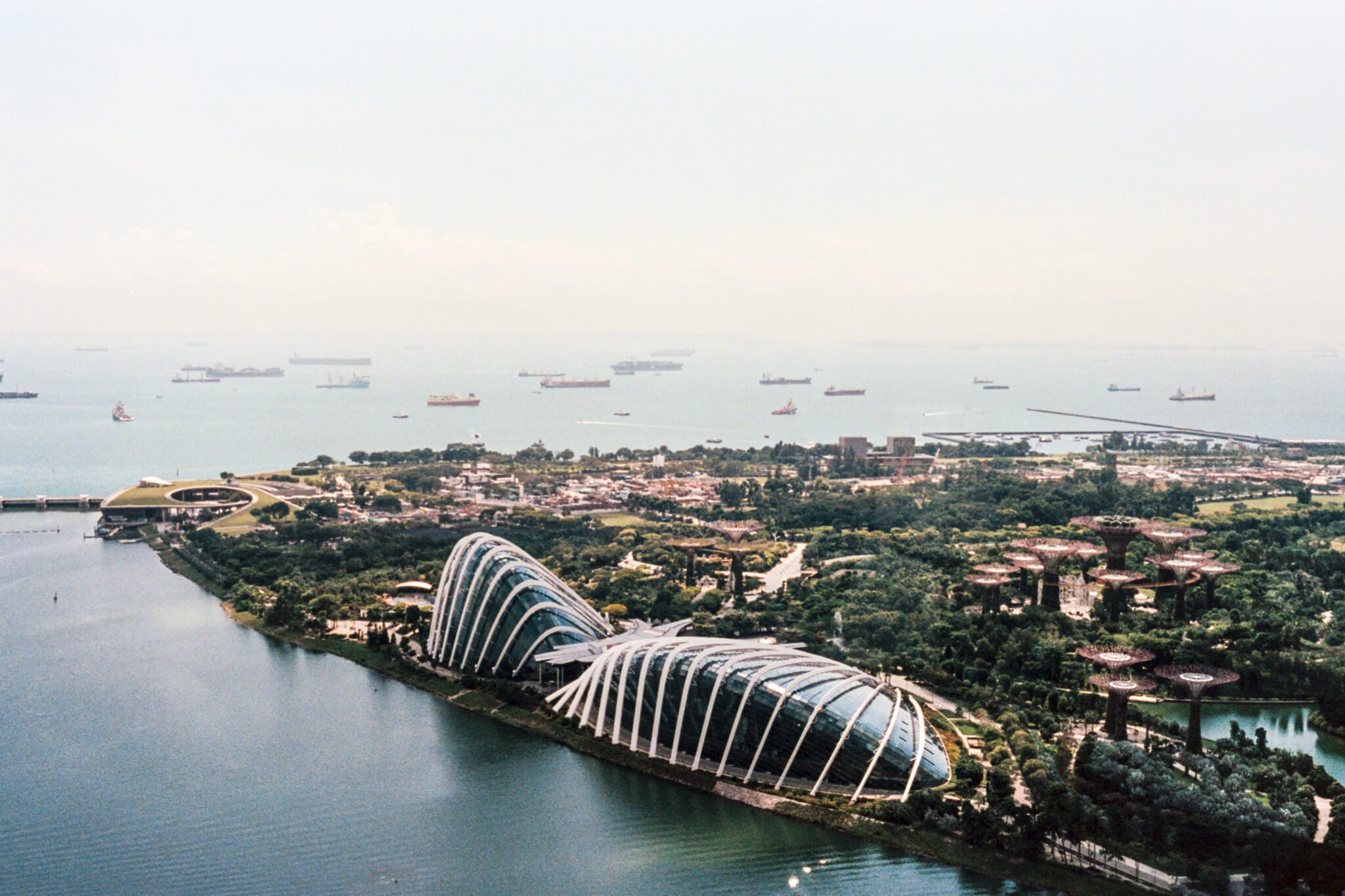
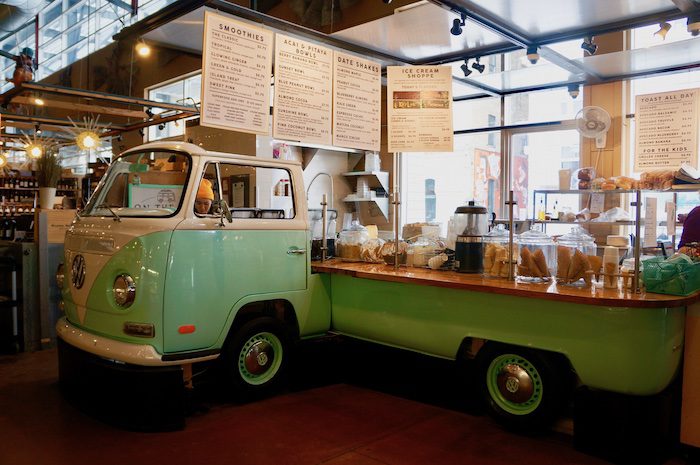
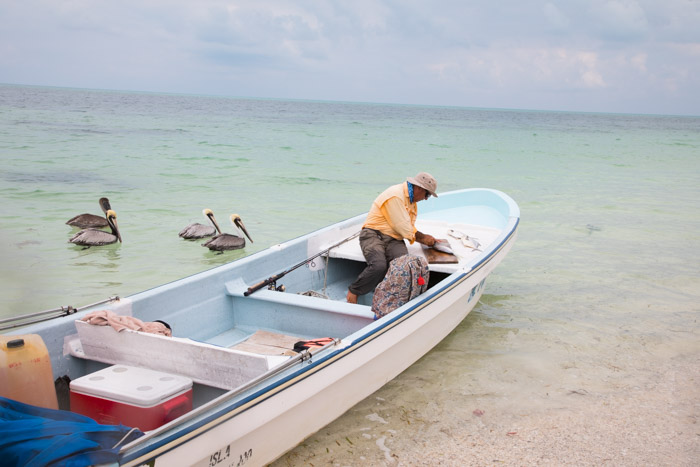
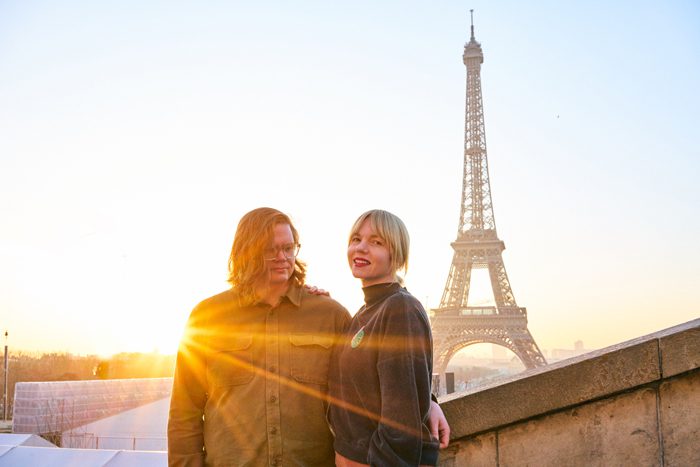
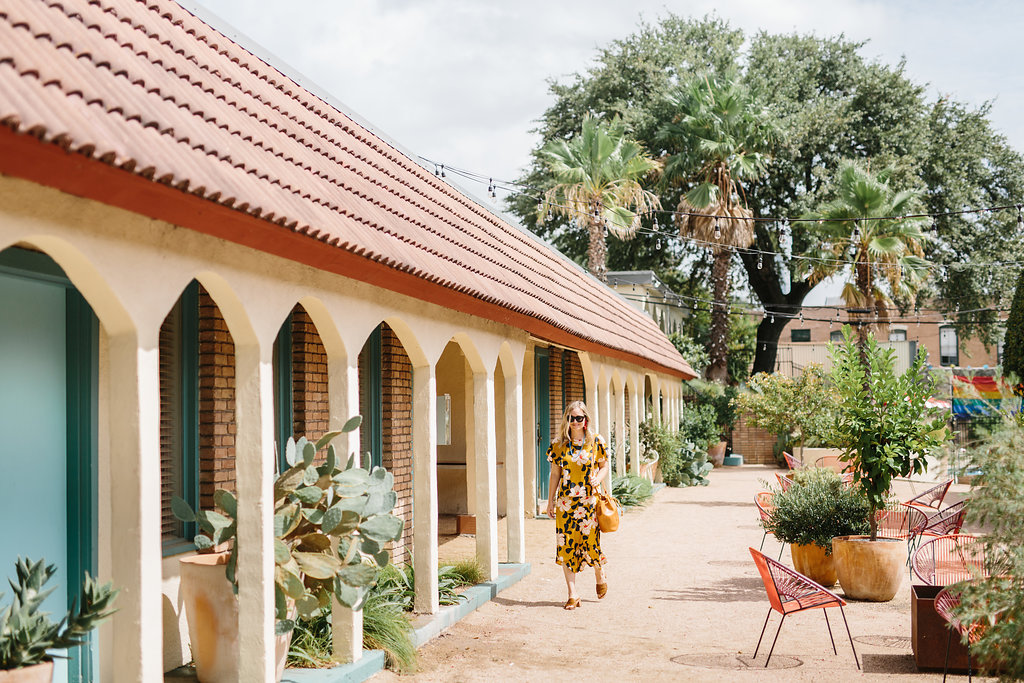


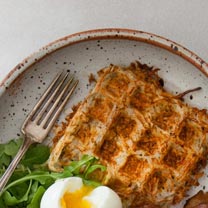
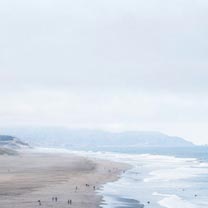


6 Comments